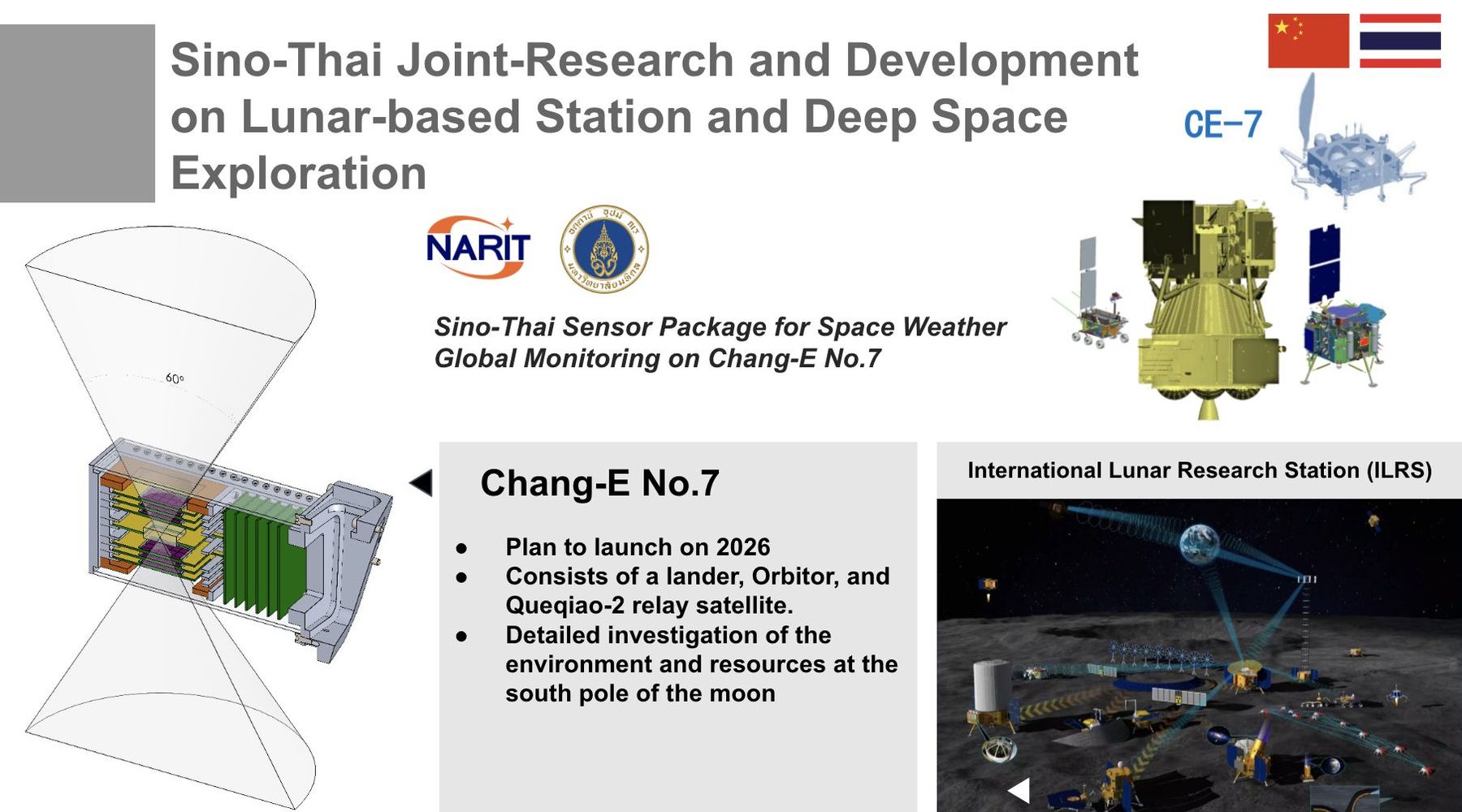
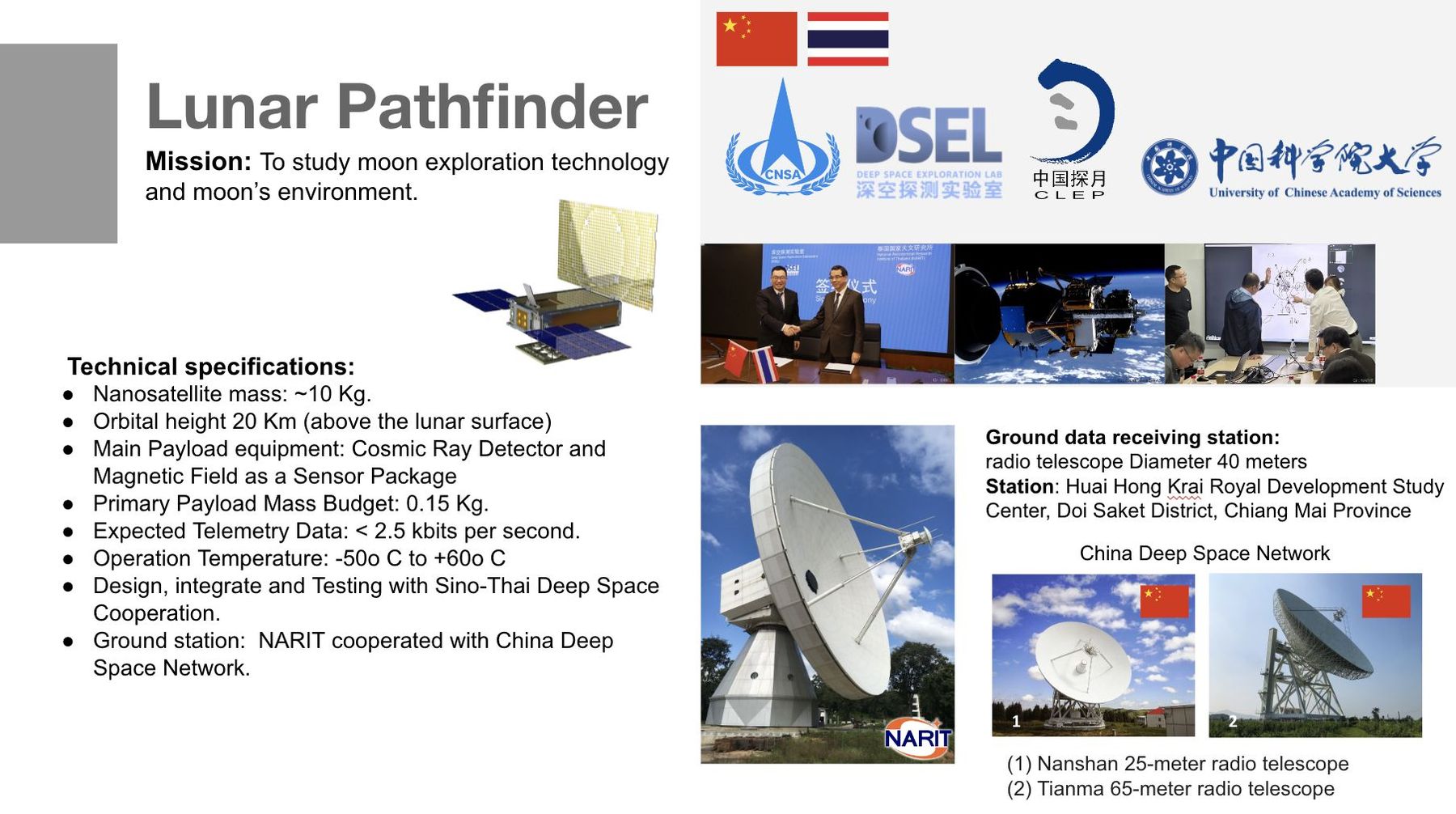

Hits:394
The National Astronomical Research Institute (Public Organization) (NARIT), under the Ministry of Higher Education, Science, Research, and Innovation ...
Read more ...
Hits:294
Thai National Radio Astronomy Observatory (TNRO) in National Astronomical Research Institute of Thailand (NARIT, Public Organization) are honored to n...
Read more ...
Hits:626
Ross A. Burns, Yuri Uno, Nobuyuki Sakai, et al., “A Keplerian disk with a four-arm spiral birthing an episodically accreting high-mass protostar”, 202...
Read more ...
Hits:722
For decades, we have been searching for intelligent life beyond Earth by pointing radio receivers and telescopes into the sky. The mere existence of t...
Read more ...
Hits:3339
The National Astronomical Research Institute of Thailand (NARIT) participated in the third observational campaign of the LIGO and Virgo gravitational ...
Read more ...
Hits:6006
Summary : An international collaboration via Very long Baseline Interferometer (VLBI) network KaVA (KVN and VERA Array) report the first observat...
Read more ...
Hits:97
NARIT collaborates with Bangkok Airways to expand opportunities for learning astronomy and fulfill the dreams of visually impaired individuals. The pr...
Read more ...
Hits:206
National Astronomical Research Institute of Thailand (NARIT) (Public Organization), Ministry of Higher Education, Science, Research and Innovation (MH...
Read more ...
Hits:131
February 6, 2024 Chiang Mai, Thailand On February 6, 2024, Ambassador Robert F. Godec, the Ambassador of the United States of America to Thailand, ac...
Read more ...
Hits:239
February 3, 2024 - Bangkok, Thailand In a bid to strengthen ties and explore avenues for collaboration, a delegation from Apadilangit paid a visit to...
Read more ...Hits:260
Chiang Mai, January 8, 2024 - The Empress Hotel in Chiang Mai played host to the CAS-MHESI Bilateral Symposium, a momentous occasion that brought toge...
Read more ...
Hits:237
The National Astronomical Research Institute of Thailand (NARIT) was honored to welcome distinguished guests from the Consulate-General of Japan ...
Read more ...
Hits:1113
Beijing, PRC September 25, 2023 The National Astronomical Research Institute of Thailand (Public Organization) (NARIT), under the Ministry of Higher ...
Read more ...
Hits:325
Date: July 7, 2023 Venue: Alliance Française de Chiang Maï An extraordinary exhibition titled "Unveiling Celestial Wonders: Connecting the Skies fro...
Read more ...
Hits:2194
The National Astronomical Research Institute of Thailand (Public Organization) or NARIT under the Ministry of Higher Education, Science, Research, and...
Read more ...

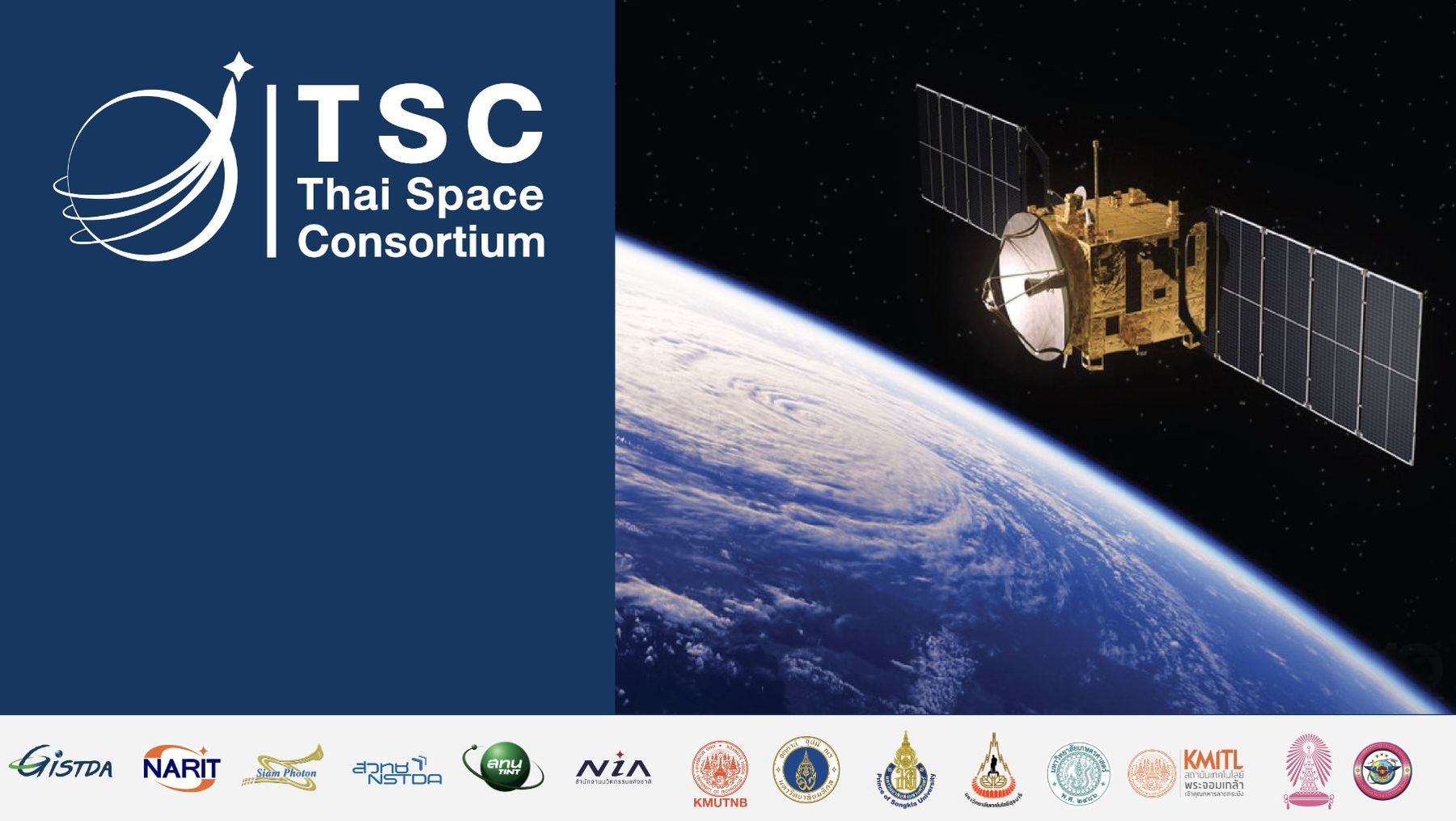
About us
The Thai Space Consortium (TSC), as a collaborative initiative, brings together 6 scientific agencies and 7 universities under the Ministry of Higher Education, Science, Research, and Innovation, along with one agency under the Ministry of Defense. The National Astronomical Research Institute (Public Organization) serves as the office of the secretariat for the consortium.
This collaborative effort suggests a comprehensive and interdisciplinary approach to space-related activities, involving various scientific disciplines and potentially contributing to the advancement of space science, research, and technology in Thailand. The inclusion of agencies from both the Ministry of Higher Education, Science, Research, and Innovation, as well as the Ministry of Defense, highlights the multifaceted nature of space-related endeavors, ranging from scientific research to defense applications.
The specific roles and responsibilities of the agencies within the Thai Space Consortium may vary, but the overall aim is likely to foster cooperation, coordination, and synergy among the participating entities. This collaboration enhances the potential for knowledge exchange, resource sharing, and joint initiatives in the realm of space exploration, research, and technology development.
As the National Astronomical Research Institute serves as the secretariat, it likely plays a crucial role in facilitating communication, organizing collaborative projects, and overseeing the overall coordination of efforts within the consortium. The TSC, with its diverse member agencies, has the potential to make significant contributions to the growth and development of the space sector in Thailand.
The Thai Space Cooperation Partners initiative, as outlined in the cooperation agreement signed on April 5, 2021, has clear and commendable goals. The primary objectives include:
1. Expertise and Skill Development: The initiative aims to establish a group of experts, scientists, and new-generation engineers in Thailand. Through hands-on experience and direct involvement, participants will have the opportunity to learn and apply their knowledge in the design and construction of a "Scientific Research Satellite."
2. Domestic Manpower and Technology: The project emphasizes the use of domestic manpower and technology in the development of the Scientific Research Satellite. This approach contributes to the growth of the country's capabilities in the field of space technology and engineering.
3. Experience in Advanced Technology: Participants in the initiative will gain valuable experience in developing advanced technology for space applications. This includes exposure to cutting-edge concepts and methodologies in satellite design and construction.
4. Knowledge Enhancement: The program seeks to elevate the level of knowledge among participants, providing them with a deep understanding of space-related sciences and engineering. This knowledge enhancement is crucial for the individuals involved and for the broader development of space-related expertise in Thailand.
5. Engineering Skills Development: The initiative aims to enhance advanced engineering skills among the participants. This includes fostering the ability to apply theoretical knowledge to practical projects, ultimately contributing to the growth of engineering capabilities within the country.
6. Innovation Creation: By providing participants with the opportunity to engage in the design and construction of a Scientific Research Satellite, the initiative encourages innovation creation. This innovation is vital for driving advancements in space-related technologies and applications.
7. Support for the Space Industry: The overarching goal of the initiative is to contribute to the development and support of the space industry in Thailand. The program lays the foundation for a skilled workforce and domestic capabilities that can actively participate in and contribute to the evolving space sector.
The signing of the cooperation agreement underscores the commitment of the involved parties to collaborative efforts in advancing space science, technology, and industry in Thailand. The initiative is poised to make a meaningful impact on the development of human capital, innovation, and the broader space-related ecosystem in the country.
Indeed, designing and building a satellite is a challenging endeavor, but it also presents significant opportunities for nations to enhance their competitiveness and technological capabilities. Here are some key points highlighting the importance and benefits of investing in satellite technology:
In summary, satellite technology plays a crucial role in advancing a nation's competitiveness, technological capabilities, and scientific achievements. By fostering interdisciplinary collaboration, workforce development, and innovation, countries can position themselves as leaders in the global space arena and inspire future generations to reach new heights of exploration and discovery.
Timeline
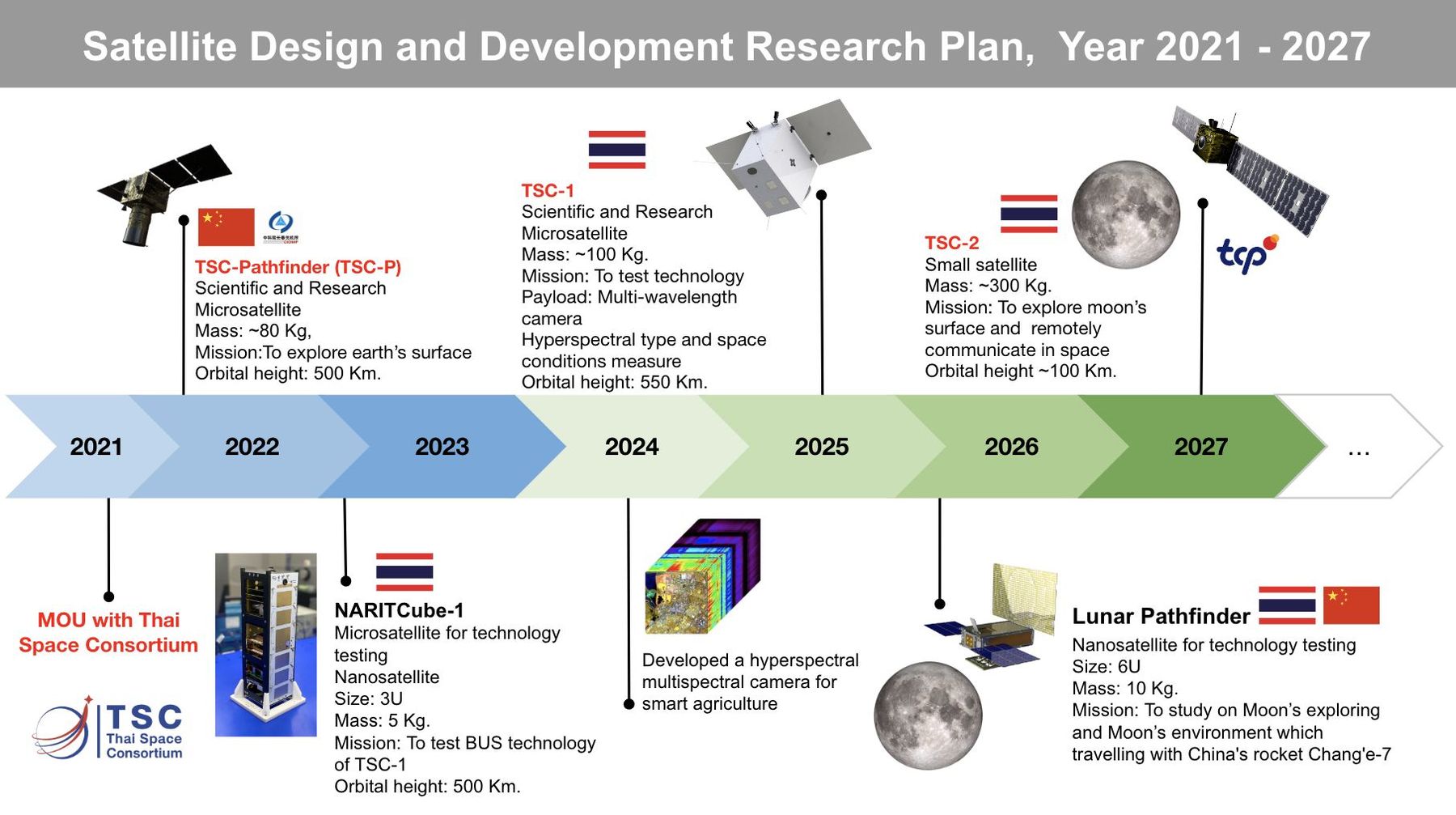
Ongoing Projects:-
|
TSC-Pathfinder |
NARITCube-1 |
TSC-1 |
TSC-Pathfinder project represents a significant step in Thailand's space exploration efforts. Here are some key details about the TSC-Pathfinder satellite:
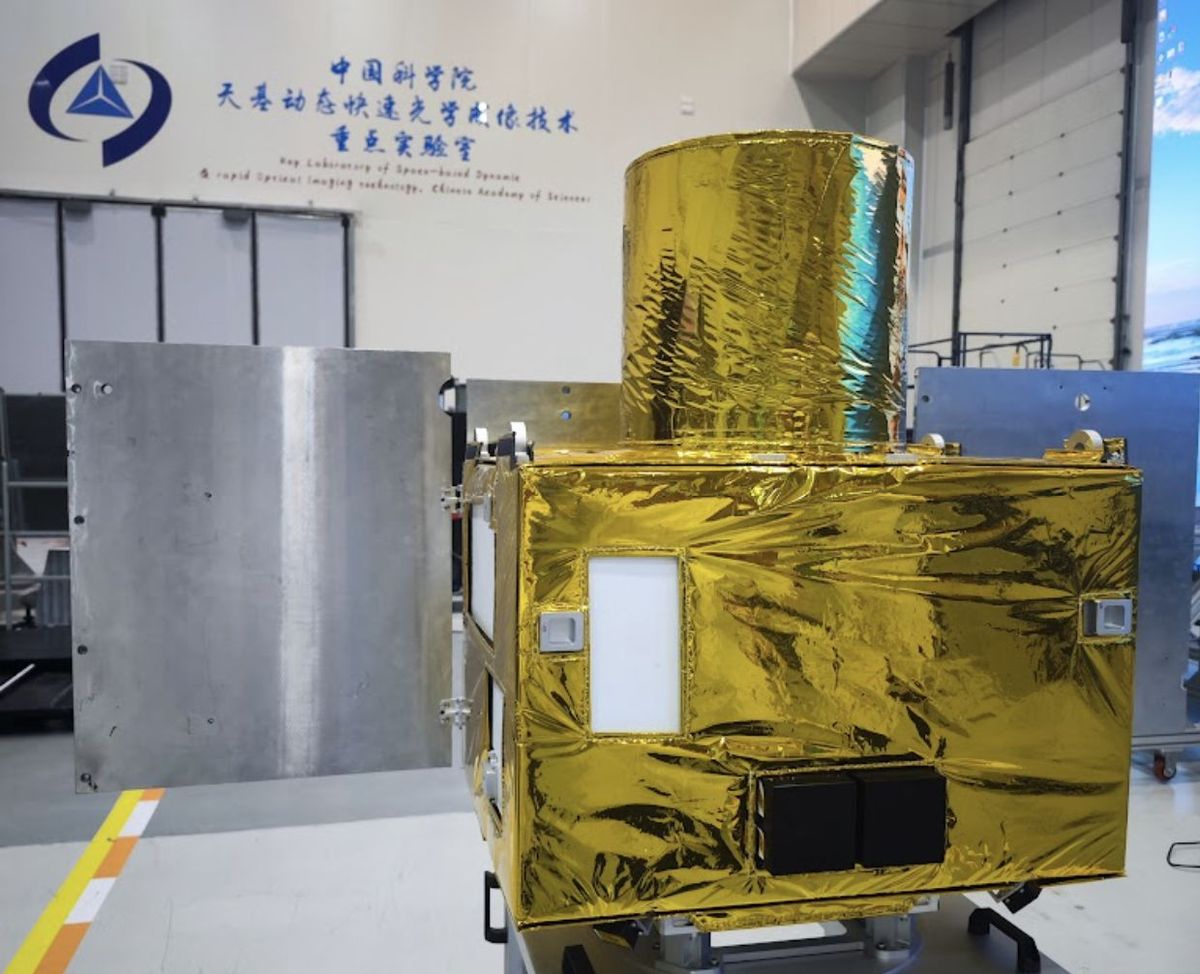 |
Technical specifications: |
The TSC-Pathfinder project demonstrates Thailand's dedication to advancing its capabilities in space technology and satellite development through international collaboration. Earth observation satellites play a crucial role in gathering data for various applications, and the successful completion of project phases is a significant milestone in the country's space endeavors. Keep an eye on official announcements for further updates on the TSC-Pathfinder project.
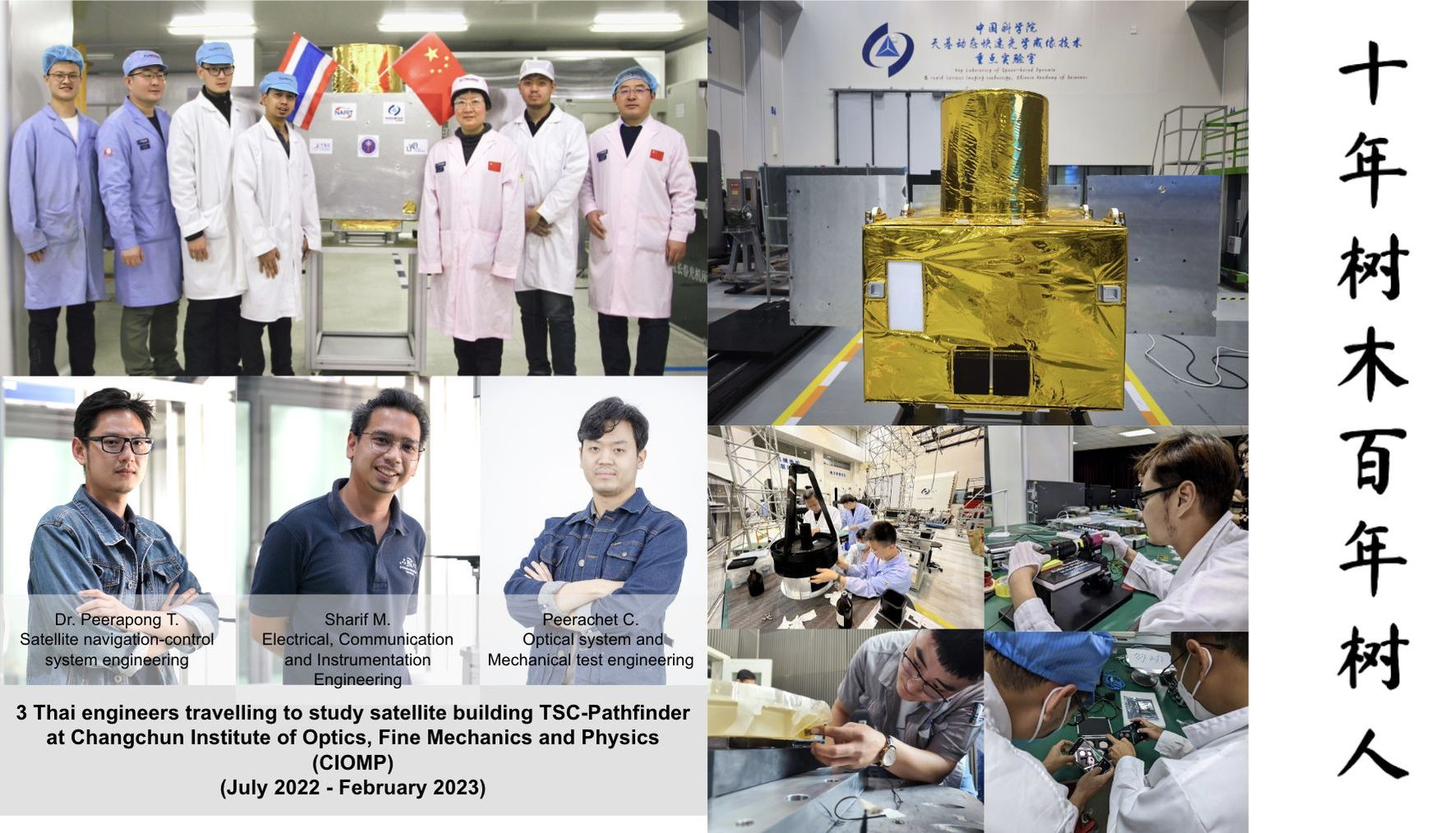
NARITCube-1 is a technology test satellite with a mass of 5 kilograms. Its primary purpose is to conduct tests related to the technology used in the TSC-1 satellite's bus parallel system. Additionally, NARITCube-1 serves as a platform that can be further developed for future space telescopes.
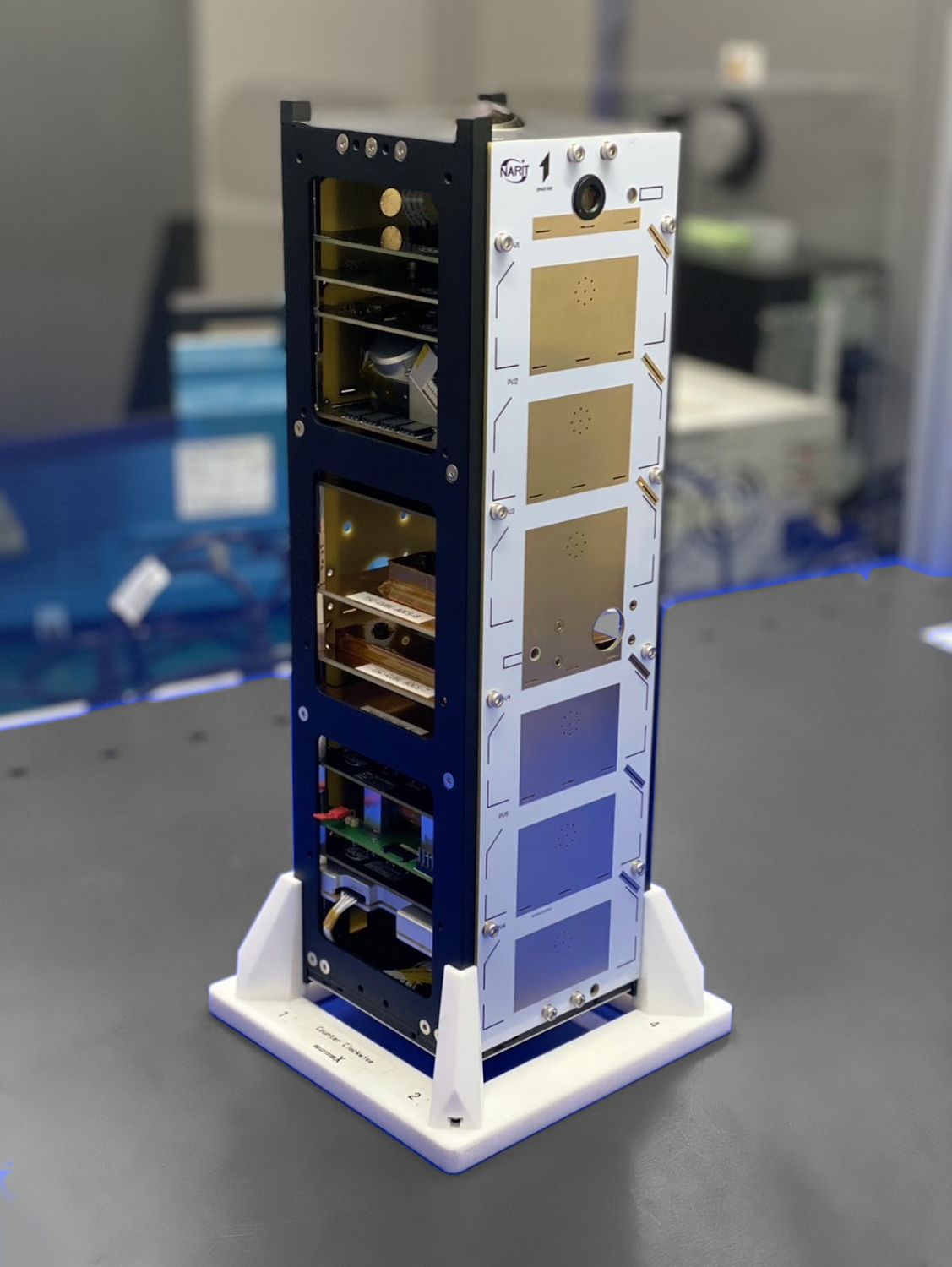 |
Technical specifications: |
The development and launch of NARITCube-1 reflect Thailand's commitment to advancing its capabilities in space technology, including satellite development and testing. The satellite's focus on technology testing and its potential role as a platform for future space telescopes align with broader objectives in space research and exploration.
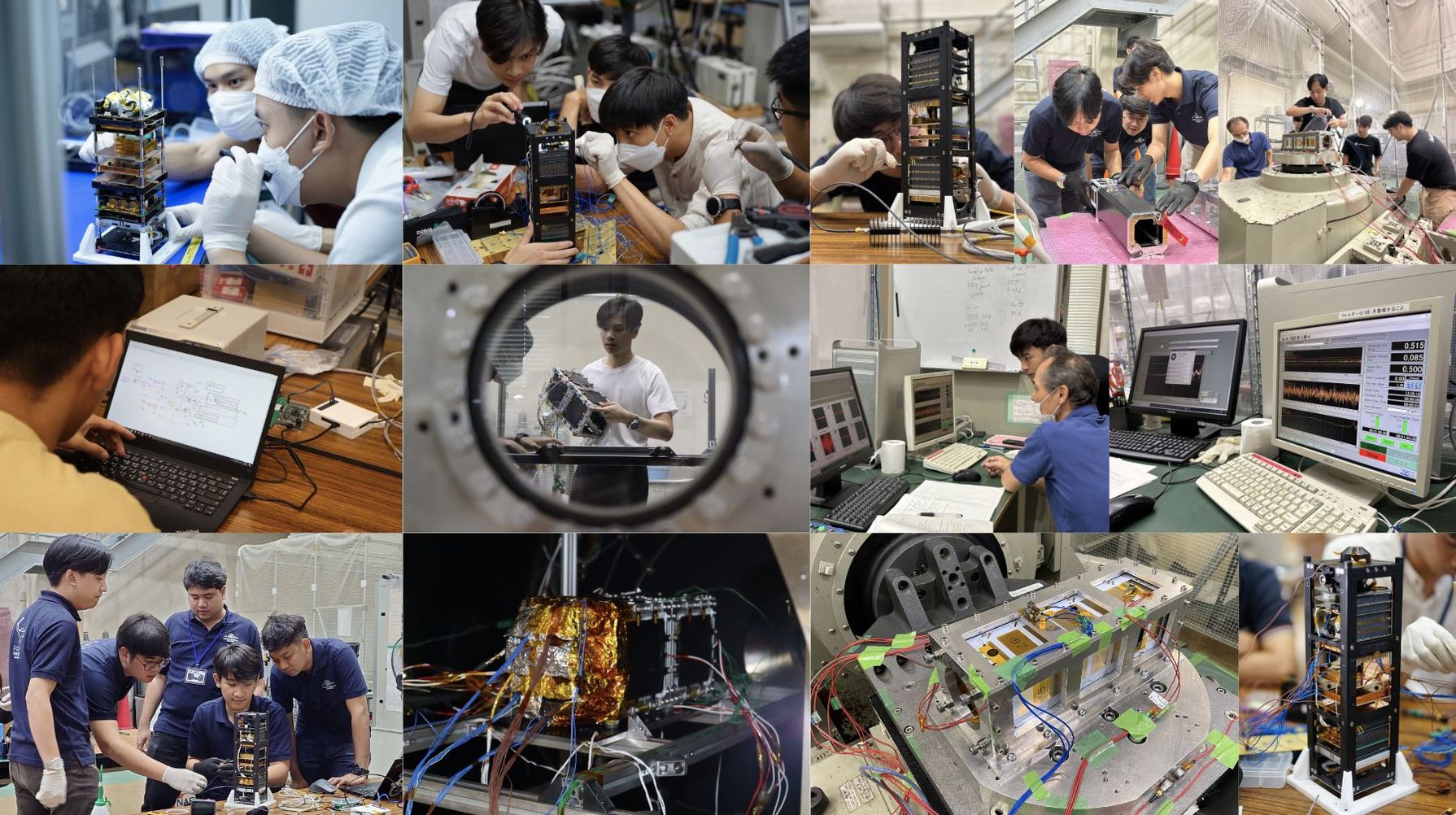
NARITCube-1 testing at The Kyushu Institute of Technology, Japan.
TSC-1 represents a significant step forward in Thailand's space capabilities, and here are some key details about the satellite:
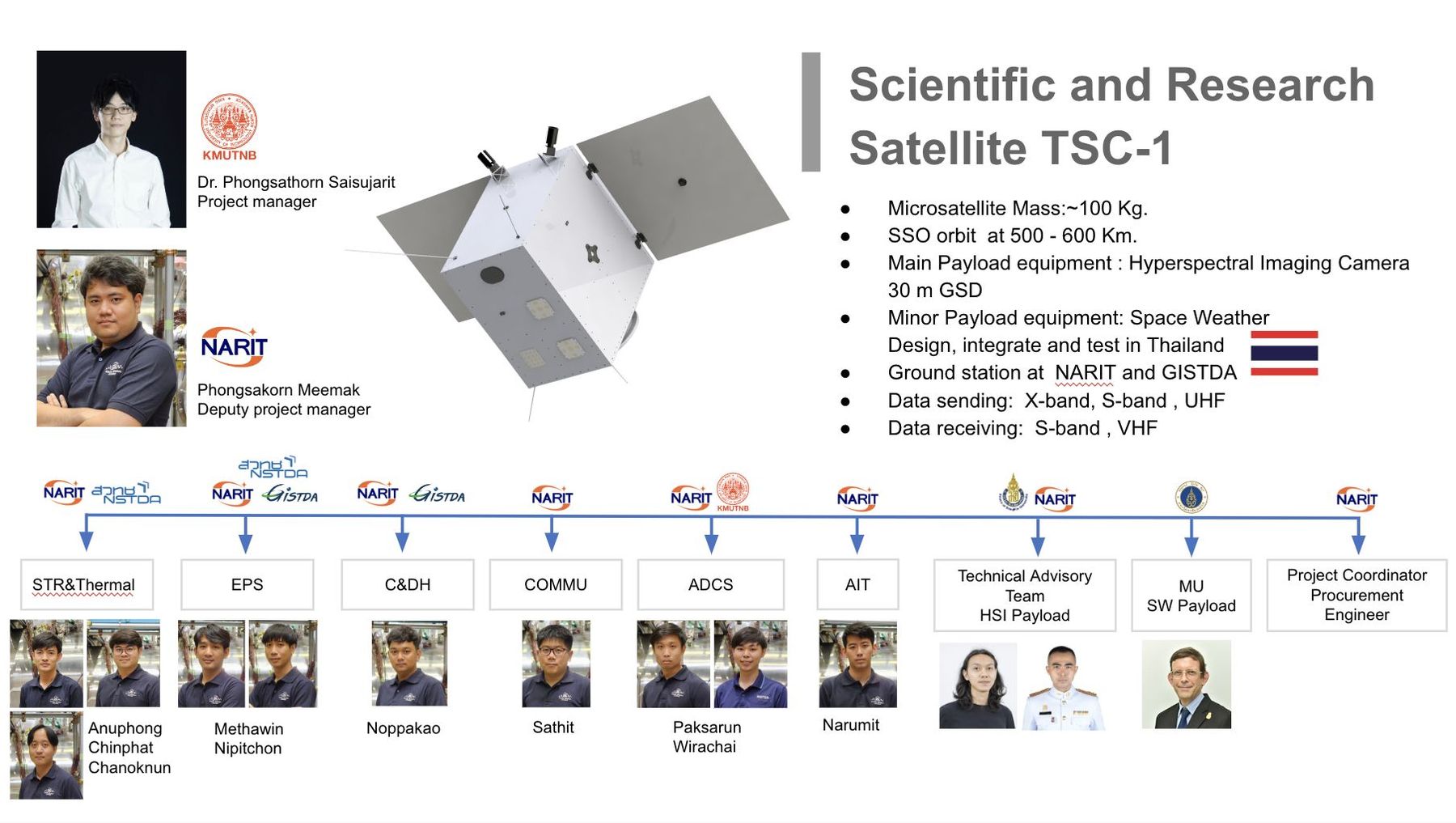
The combination of a hyperspectral imager and a space weather payload reflects the satellite's versatility in serving multiple scientific purposes, from Earth observation to space weather monitoring.
As TSC-1 is set to contribute to Thailand's capabilities in space technology and Earth observation, there is an expectation that the data and insights gained from this satellite will further scientific research and applications in various fields.
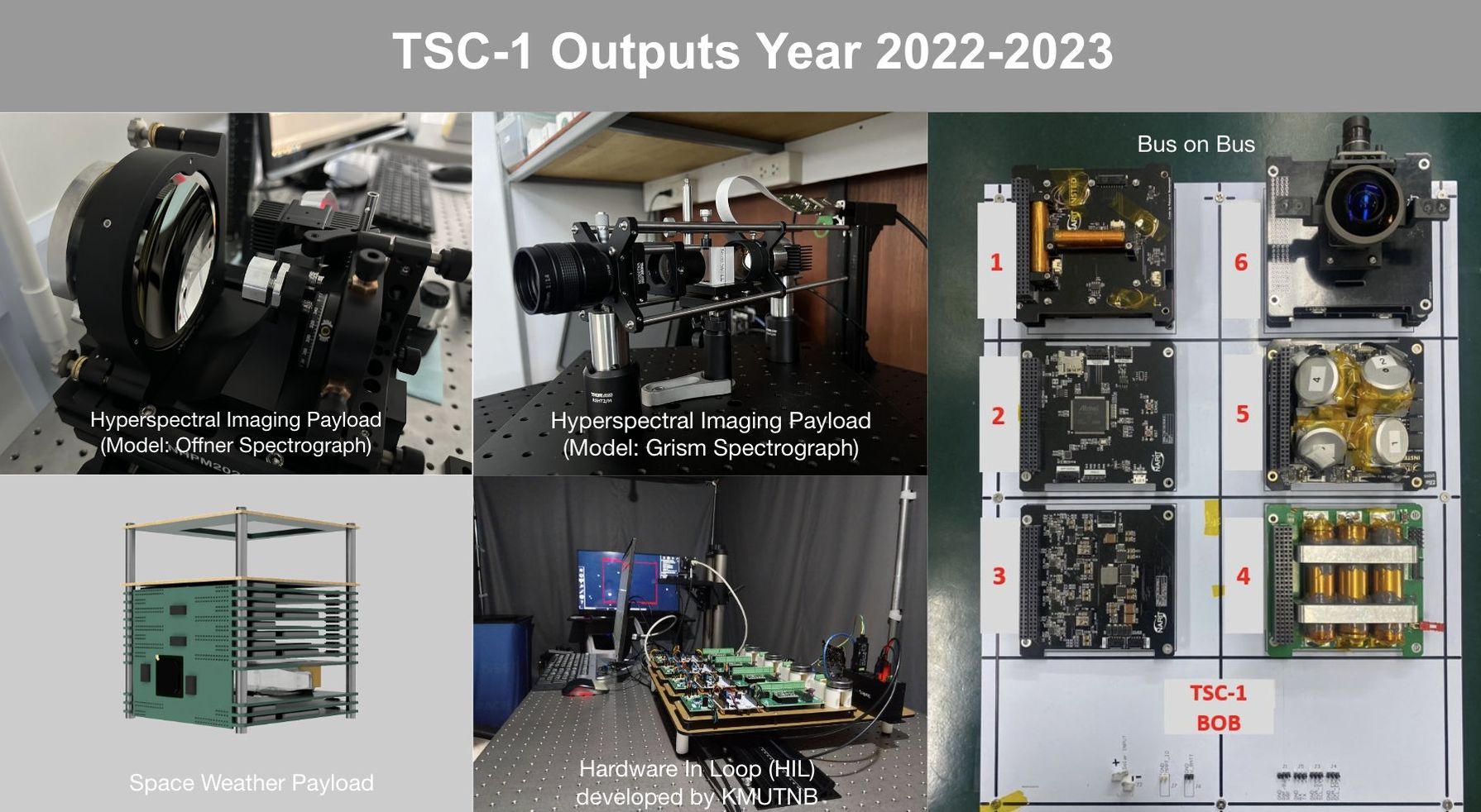
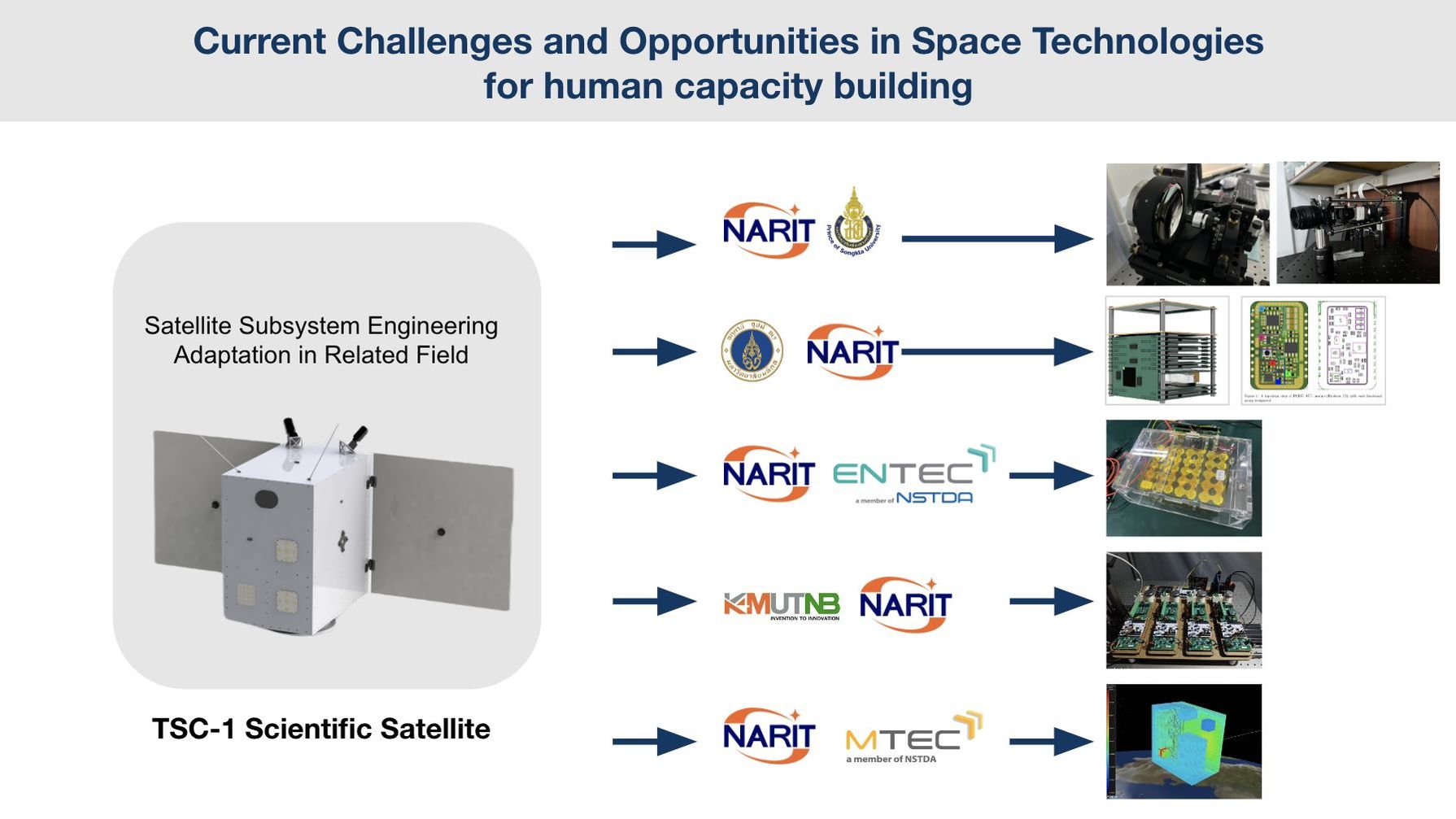
TSC-2 is described as a scientific research satellite with a primary mission focused on lunar exploration. The key details about the satellite as follows:
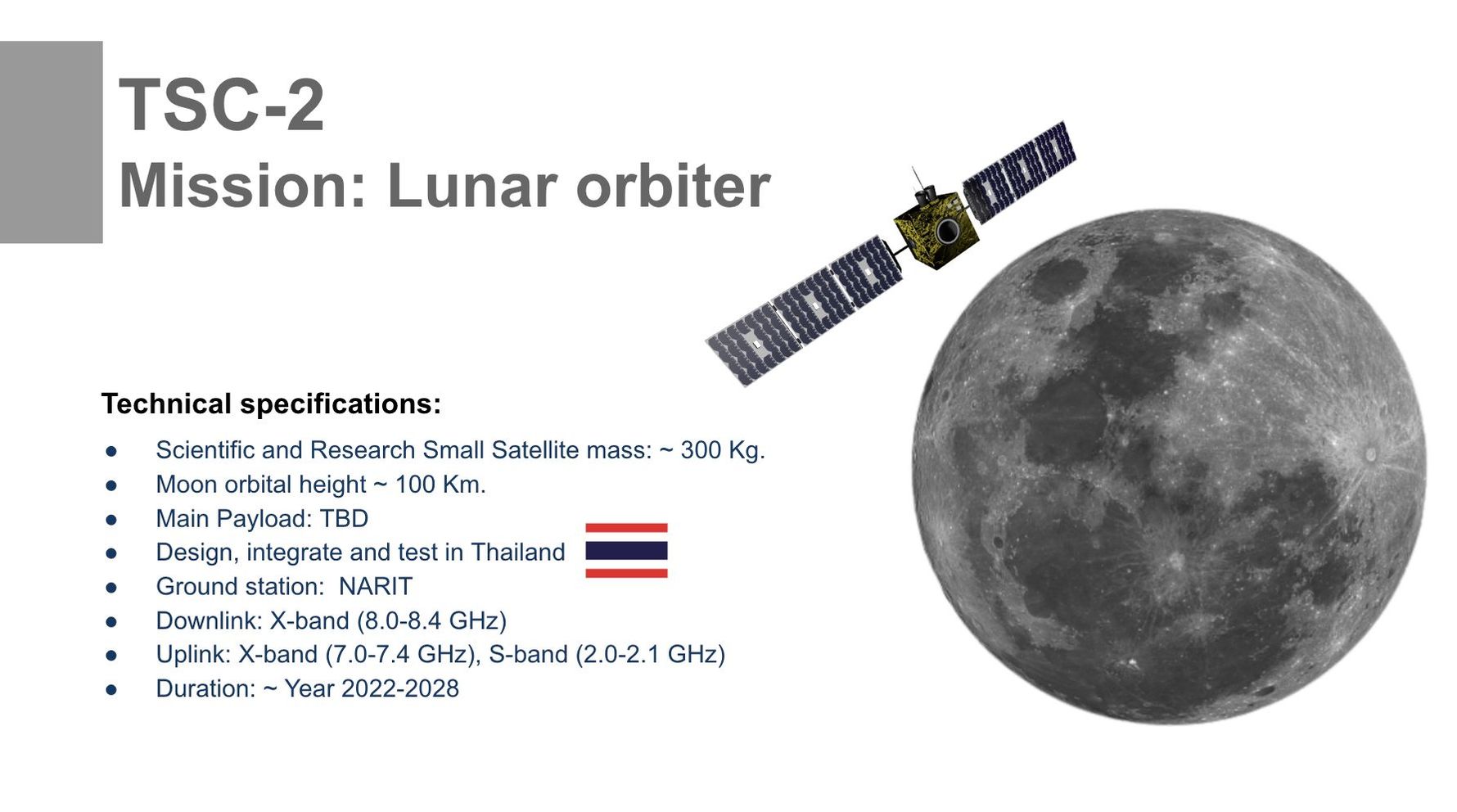
TSC-2 represents an important step in Thailand's space exploration efforts, focusing on lunar exploration and scientific research. The inclusion of payload equipment for lunar surface missions and remote communications capabilities highlights the satellite's versatile design for in-depth lunar studies
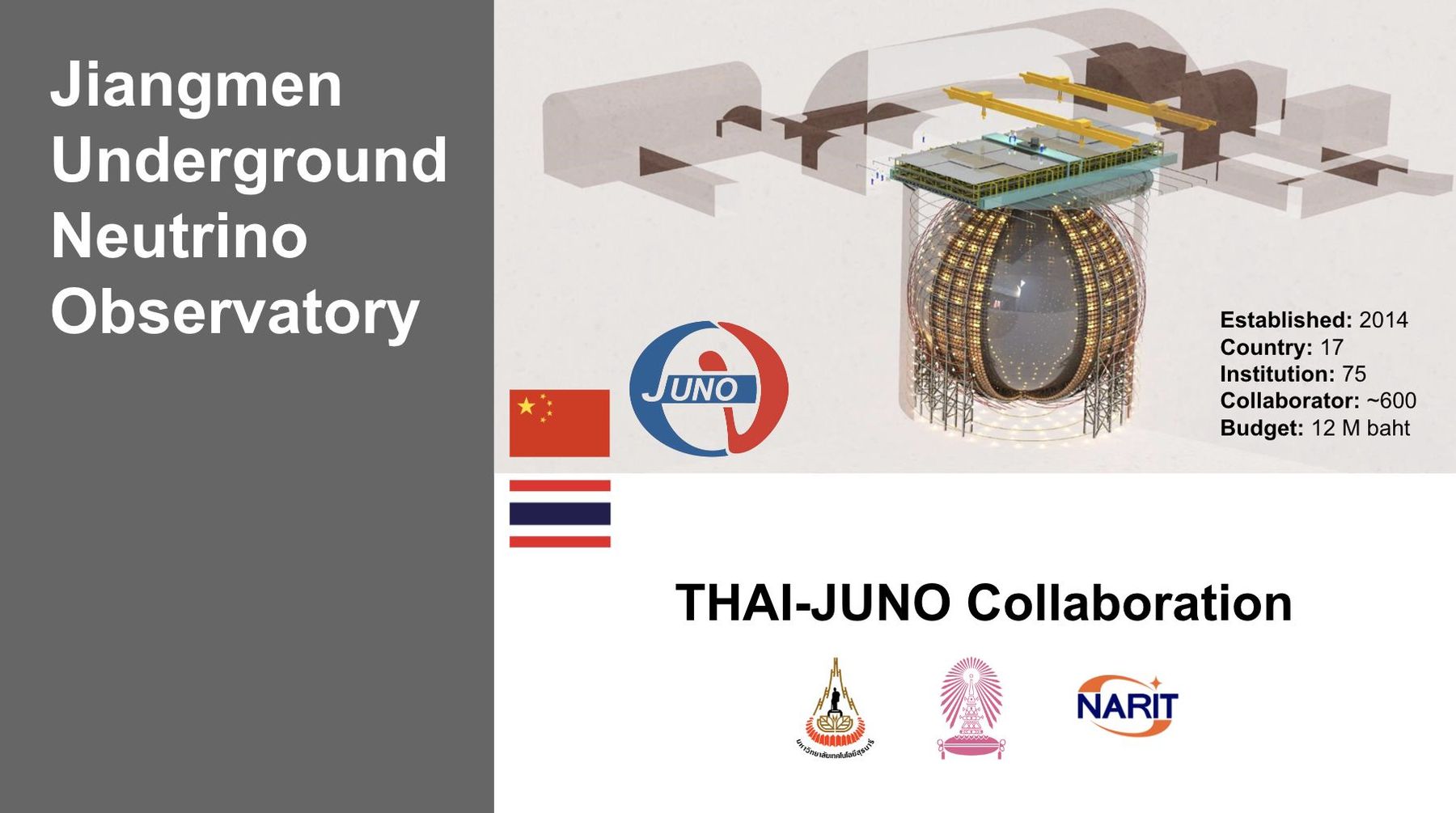
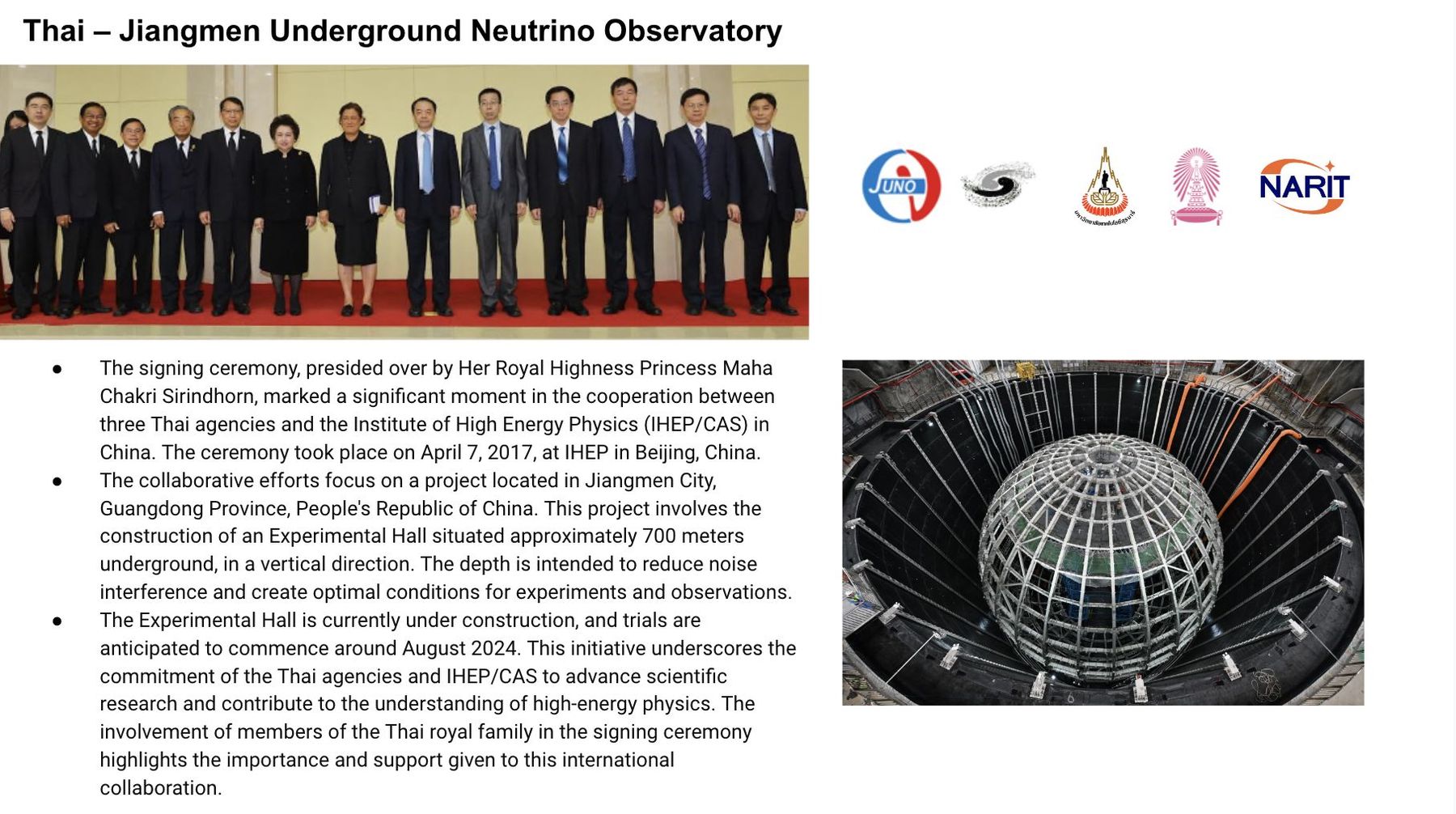
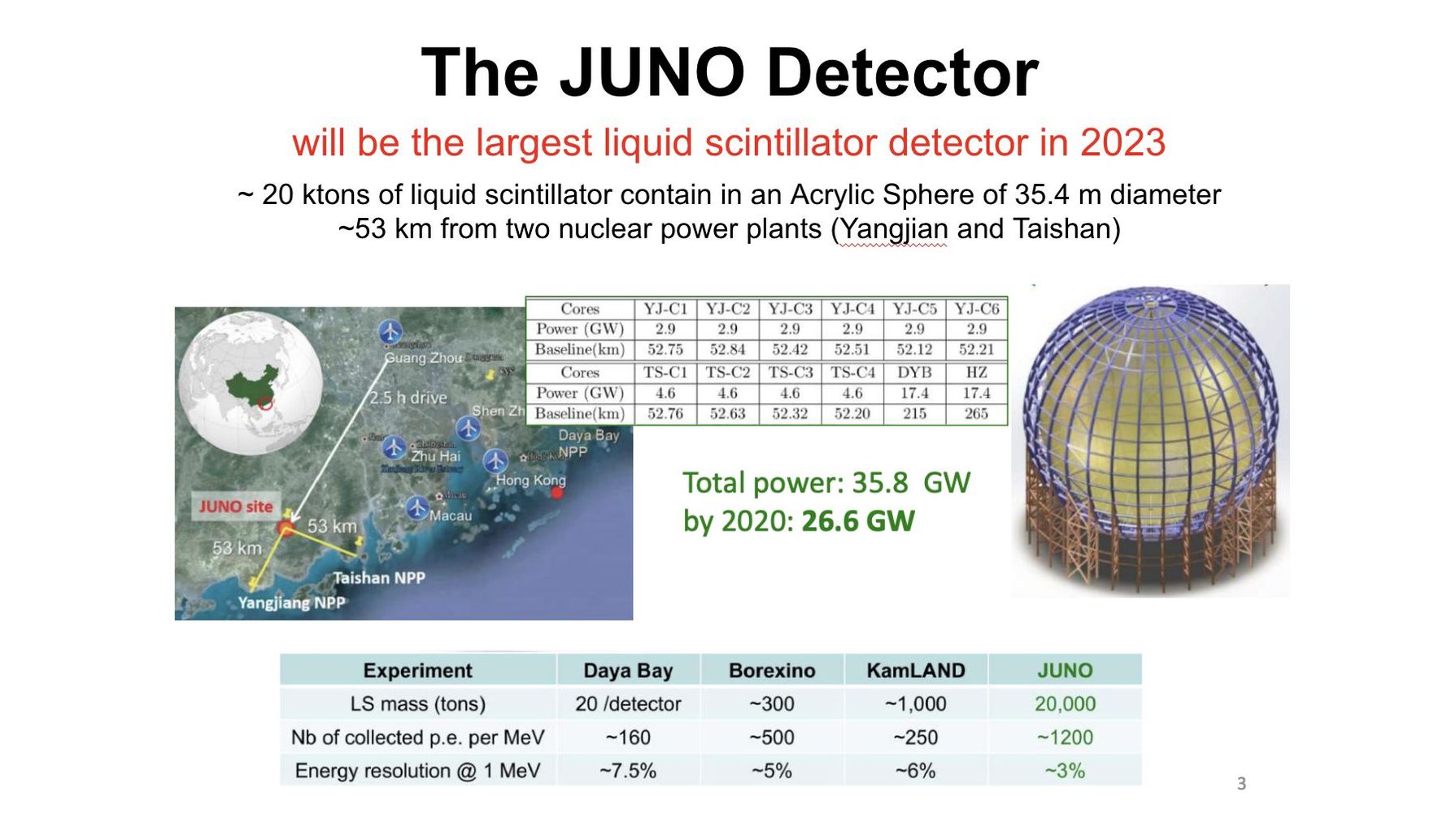
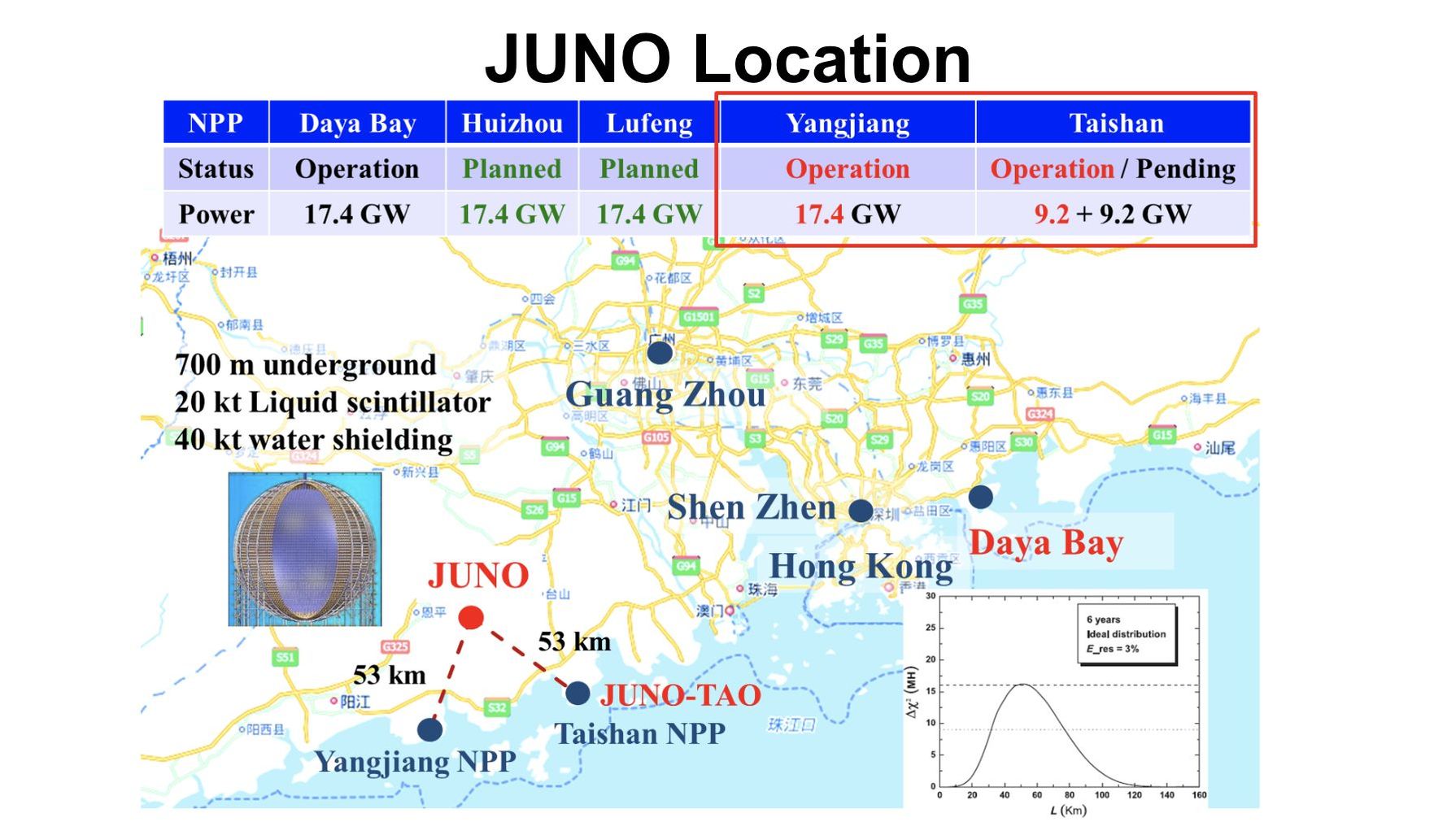
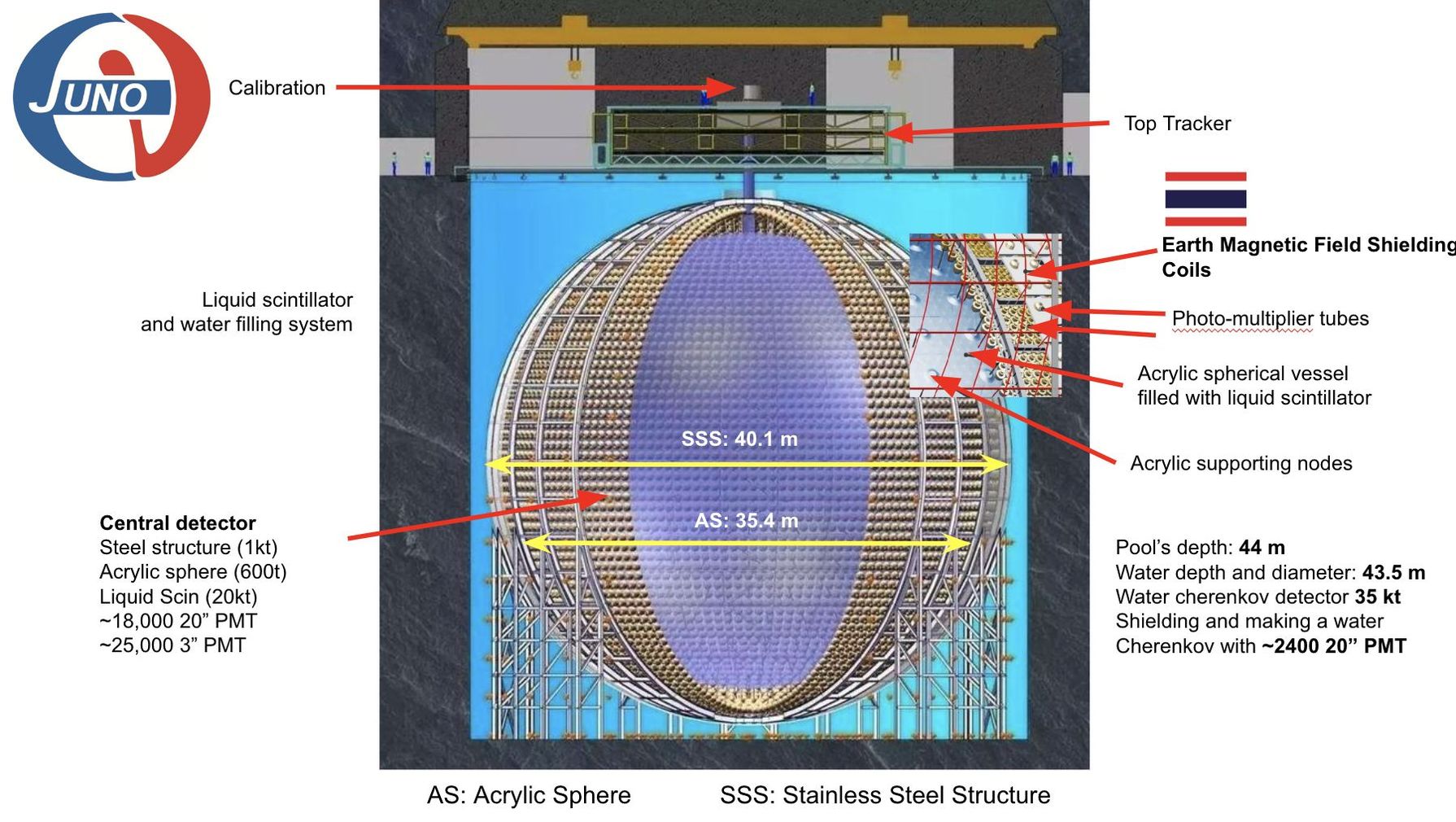
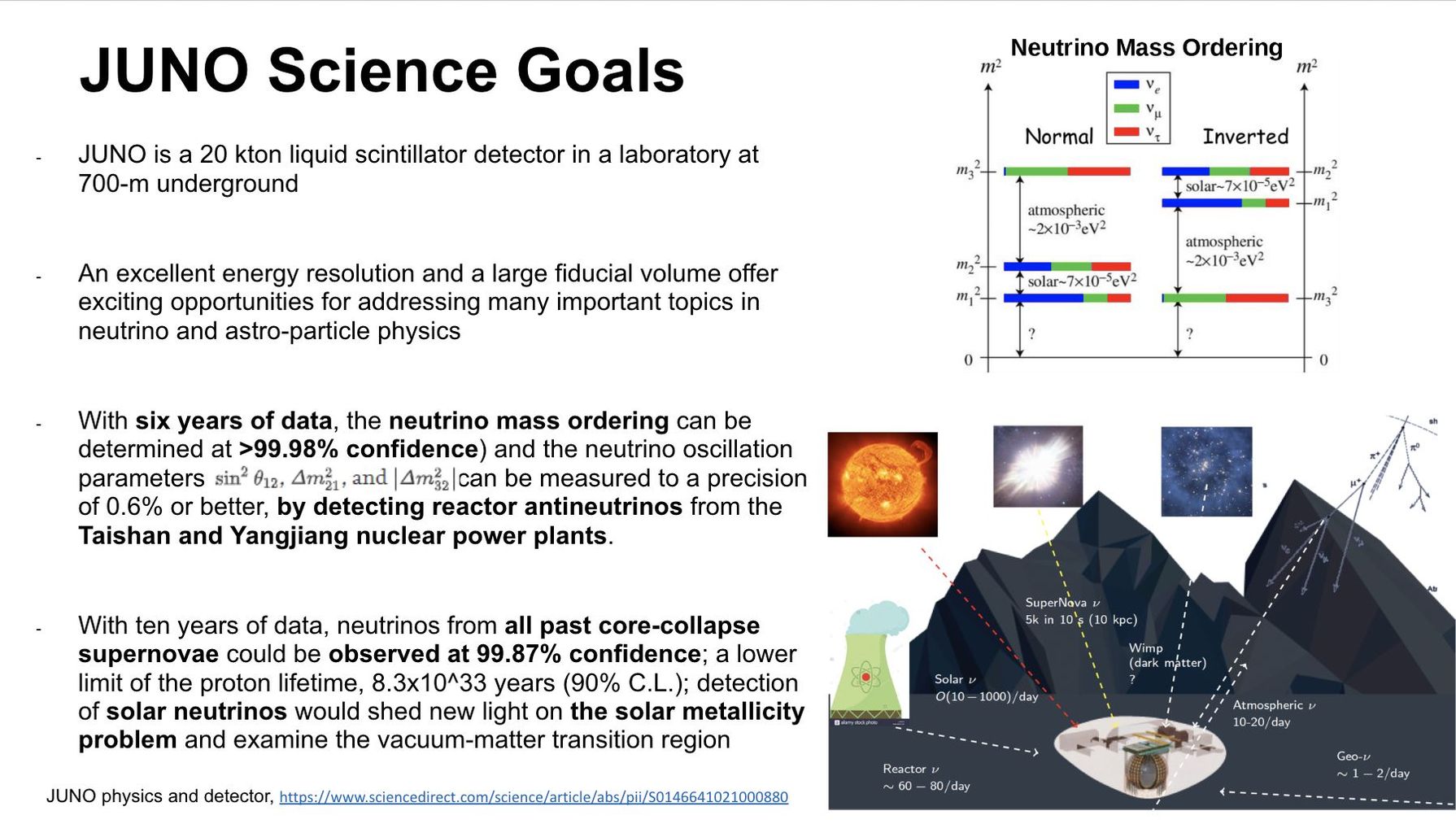
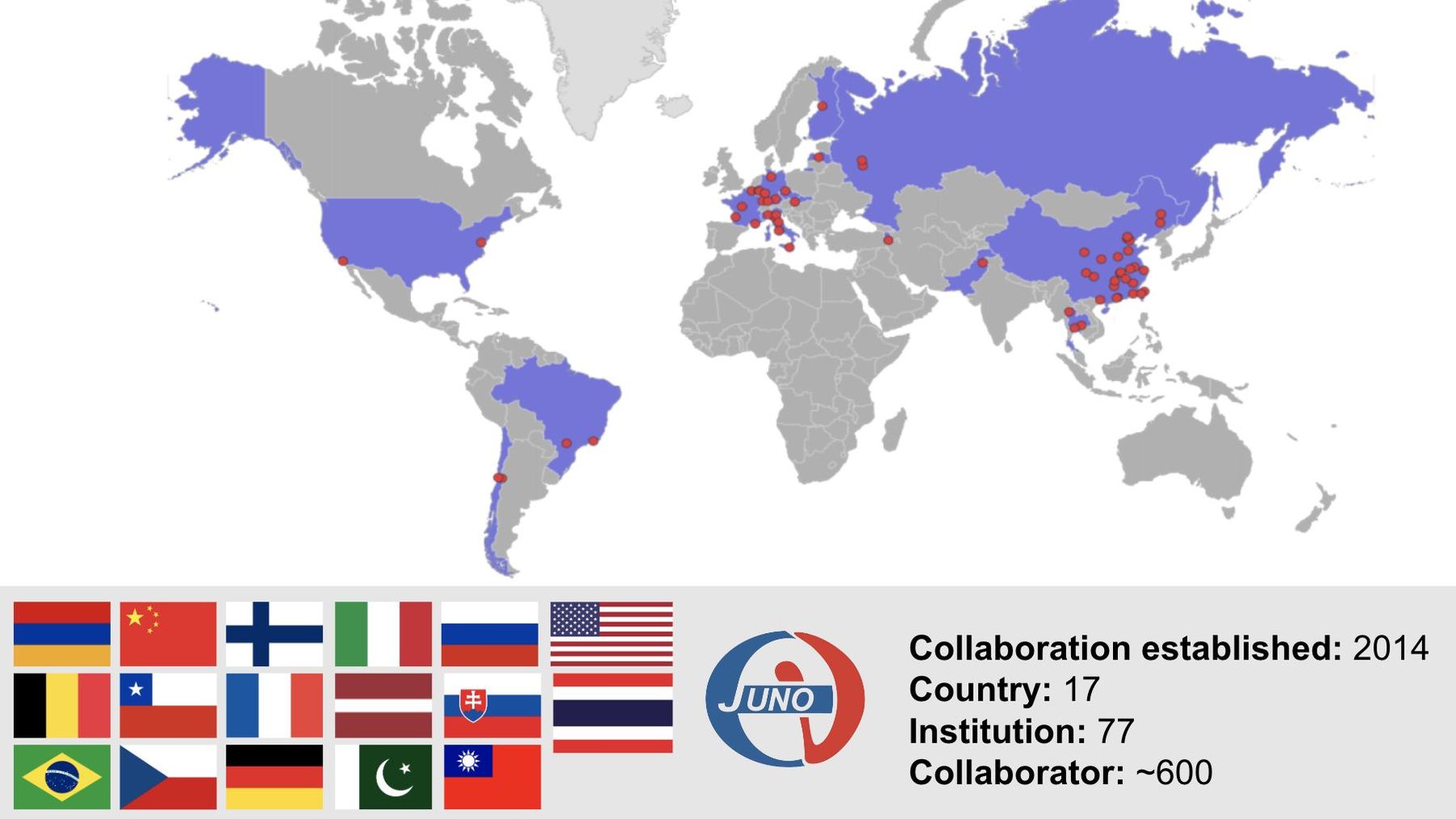
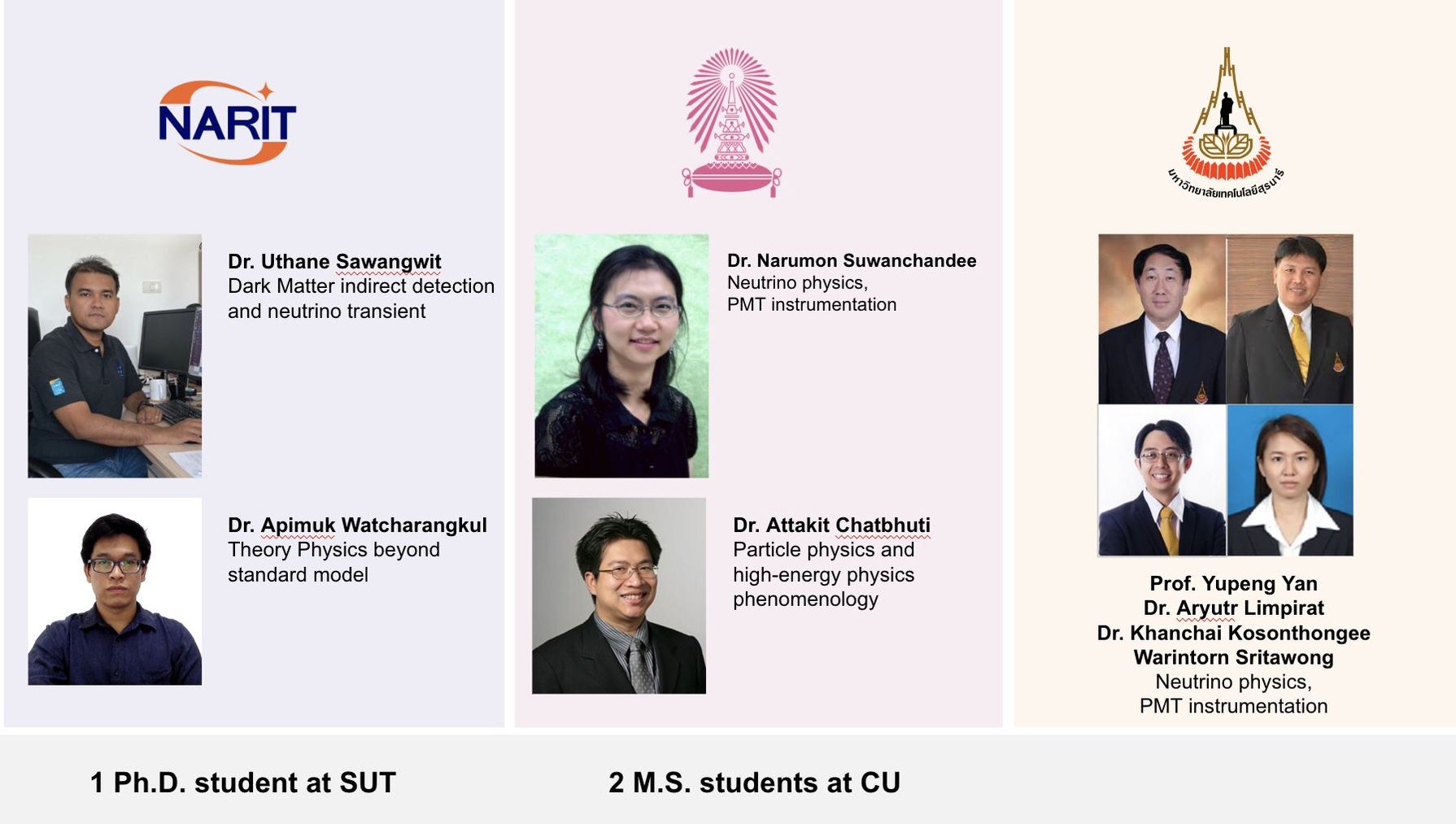
The collaborative project between Thailand and the People's Republic of China aims to conduct research in astronomy and atmospheric science in the polar regions. The polar regions offer suitable conditions for observing phenomena in astronomy and atmospheric science that require extended and uninterrupted observation periods. By leveraging this cooperation, Thailand seeks to enhance its knowledge base and develop its personnel in order to maximize the benefits for the country's development.
Background
The collaborative efforts led by His Royal Highness Prince Kanitthathirachao, Her Royal Highness Princess Maha Chakri Sirindhorn, and the National Astronomical Research Institute of Thailand (NARIT) in cooperation with the Polar Research Institute of China (PRIC) mark a significant initiative in the field of astronomy and atmospheric science in the polar region.
In 2016, NARIT signed a cooperation agreement with the Polar Research Institute of China (PRIC) and became a member of the Scientific Committee on Antarctic Research (SCAR), reflecting a commitment to advancing scientific exploration in the South Pole.
As part of this collaboration, NARIT, in conjunction with Chiang Mai University, worked with the Polar Research Institute of China to send Thai astronomers and neutron particle measuring equipment. This equipment, packed inside an insulated container named 'Changvan,' was transported aboard the research survey ship 'Xue Long' (Snow Dragon Boat) during the 36th South Pole Research Expedition of the People's Republic of China (CHINARE-36). The journey took the team from Shanghai to China's Zhongshan Research Station in Antarctica.
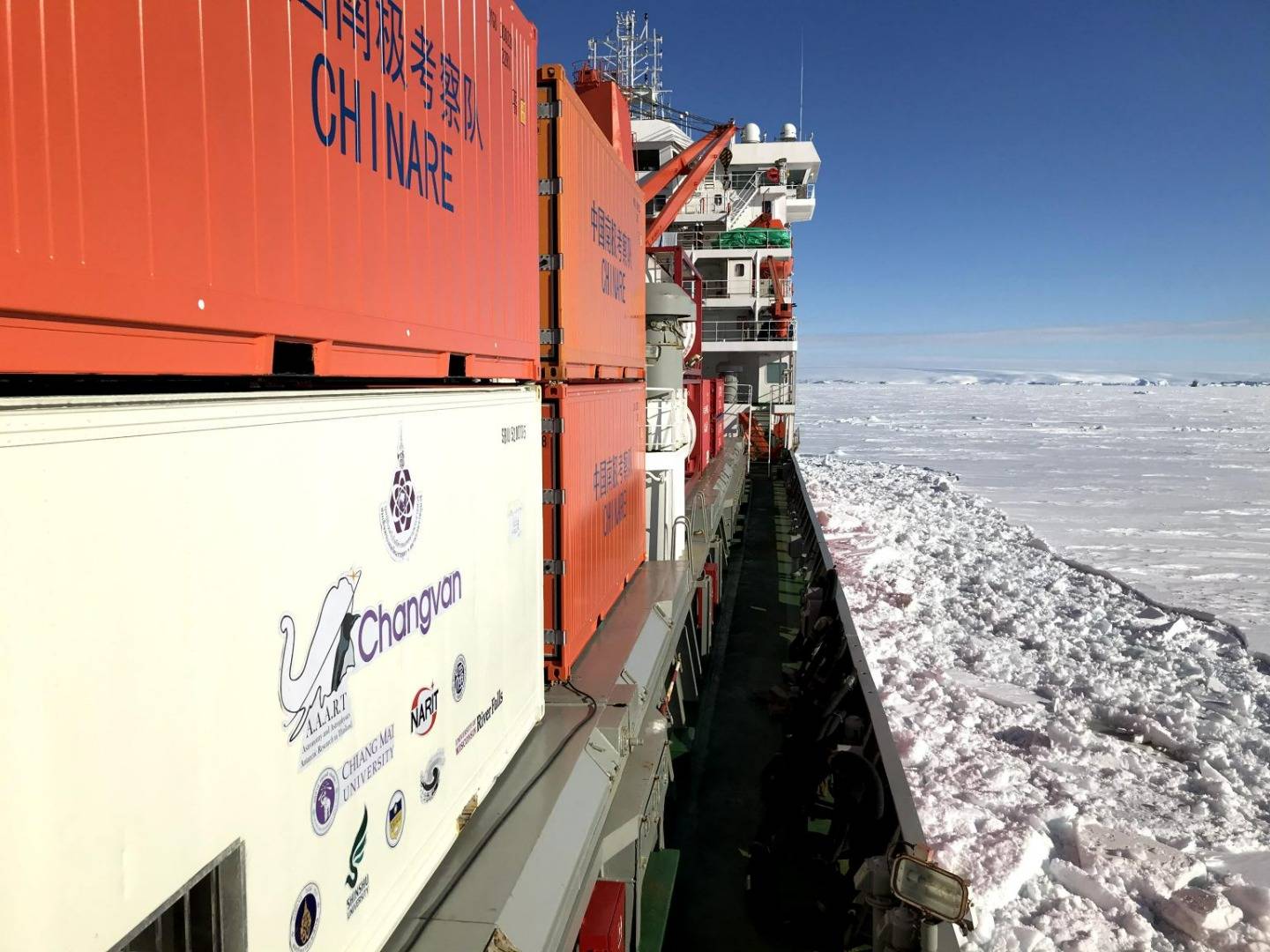
The primary focus of this research expedition was to collect data on the concentration of neutron particles that can pass through Earth's atmosphere. Understanding the origin and behavior of neutrons is crucial, as these particles directly influence the space environment. The information gathered contributes to fundamental knowledge that can aid in the development of a stable telecommunications system and, ultimately, enhance the quality of life for humanity in the future.
This collaborative endeavor showcases the commitment of the Thai and Chinese institutions involved to contribute to scientific understanding, promote international cooperation in polar research, and pave the way for advancements in technology and quality of life for future generations.
Key aspects of the Polar Astronomy and Science Project:
1. Observational Astronomy: The polar regions offer clear and uninterrupted views of the sky for extended periods, making them suitable for observational astronomy. Researchers may study celestial phenomena, such as stars, galaxies, and cosmic events, taking advantage of the reduced atmospheric interference in these remote locations.
2. Atmospheric Science: The unique atmospheric conditions in polar regions make them crucial for studying various atmospheric phenomena. This includes research on climate patterns, atmospheric composition, and other meteorological factors. Understanding the polar atmosphere contributes to broader knowledge about global climate systems.
3. Marine Biology and Oceanography: While not exclusively related to the polar regions, collaboration in marine biology and oceanography could involve studying the interactions between polar oceans and marine life. This interdisciplinary approach may provide insights into the broader effects of climate change on polar ecosystems.
4. Geophysics and Geochemistry: Research in polar regions can contribute to geophysical and geochemical studies. This may involve investigating the geological features of the region, studying the Earth's magnetic field, and exploring the composition of the polar terrain.
5. Capacity Building and Knowledge Transfer: The collaborative effort likely involves knowledge exchange and capacity building between the participating countries. This may include training programs, joint research initiatives, and the development of human resources in the fields of astronomy and atmospheric science.
The overall goal of the Polar Astronomy and Science Project is to leverage the unique characteristics of the polar regions for scientific exploration and discovery. Through international collaboration, the project aims to advance our understanding of various natural phenomena, contribute to global scientific knowledge, and benefit the participating countries in terms of research capabilities and human resource development.
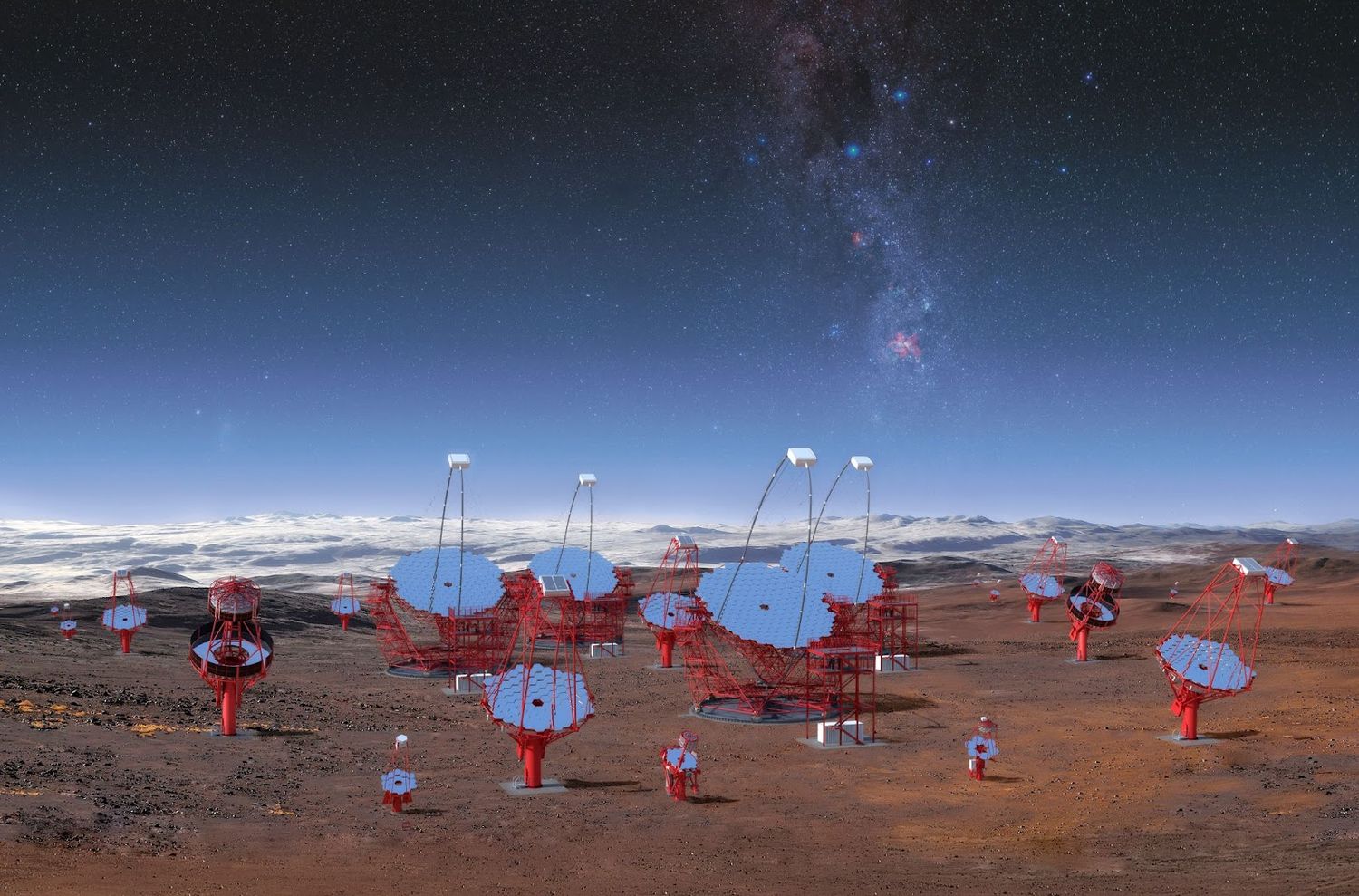
The Cherenkov Telescope Array (CTA) project is an ambitious international effort involving 212 institutions from 32 countries. The primary goal of the project is to explore sources of high-energy radiation in the universe, such as black holes and supernovae. The collaboration has led to the establishment of the Cherenkov Radio Telescope Group, which is responsible for constructing and operating two telescope arrays in different locations.
The first site is on La Palma Island, Kingdom of Spain, where 19 telescopes are being constructed. The second site is located near the Paranal Observatory in the Republic of Chile, with 99 telescopes planned. This strategic placement allows for comprehensive observation coverage of both the northern and southern hemispheres.
Construction has already begun on the Cherenkov Radio Telescope Group on La Palma Island, and the project is expected to be completed around 2025.
In 2015, the National Astronomical Research Institute of Thailand (NARIT) signed a memorandum of understanding with the DESY Institute, marking the beginning of their collaboration in particle astrophysics, specifically in astroparticle physics related to the Cherenkov Ray Telescope Group project.
NARIT is currently involved in designing and developing a "Telescope Mirror Coating Machine" for the CTA project. This collaboration includes the Synchrotron Light Research Institute, Suranaree University of Technology, and Chulalongkorn University. Drawing on their experience in constructing the National Telescope mirror coating machine, NARIT aims to coat more than 6,000 mirrors for the Cherenkov Ray Telescope Project. Each mirror has a diameter of 1.2 meters, and due to the outdoor location of all telescopes in the project, the mirrors need to be recoated every 6 years to counteract corrosion and maintain their reflective properties.
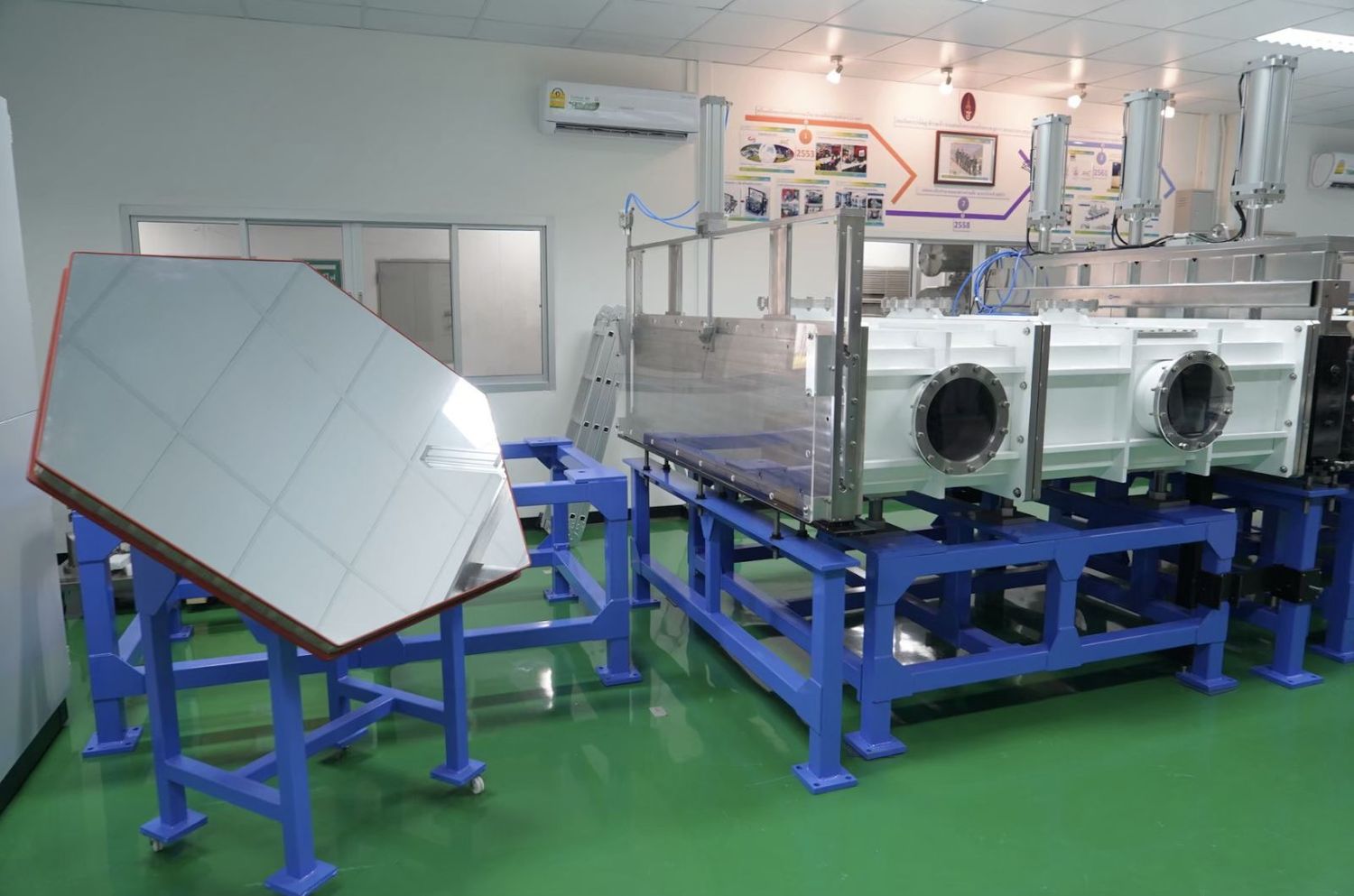
Telescope Mirror Coating Machine for CTA Project
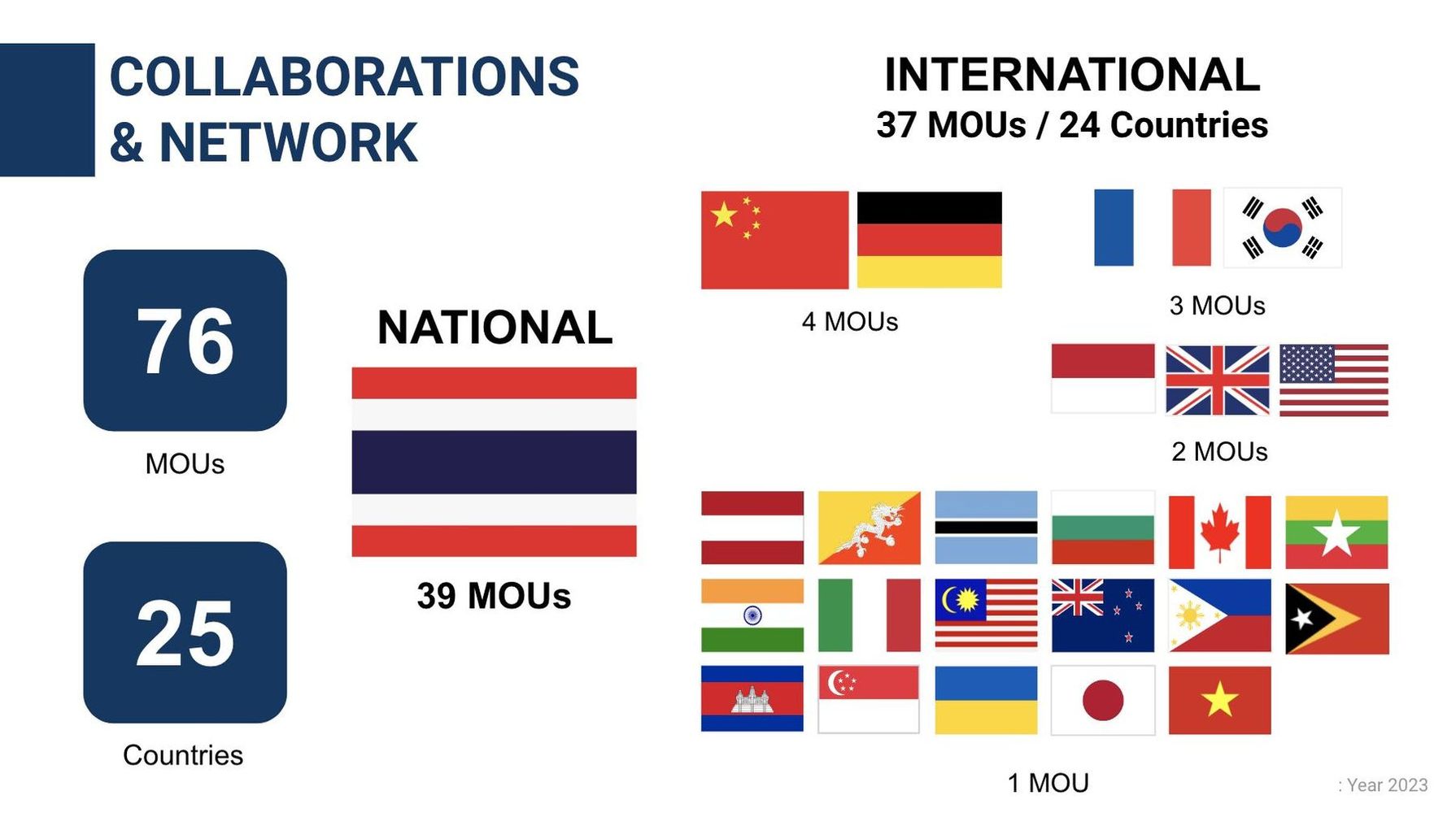
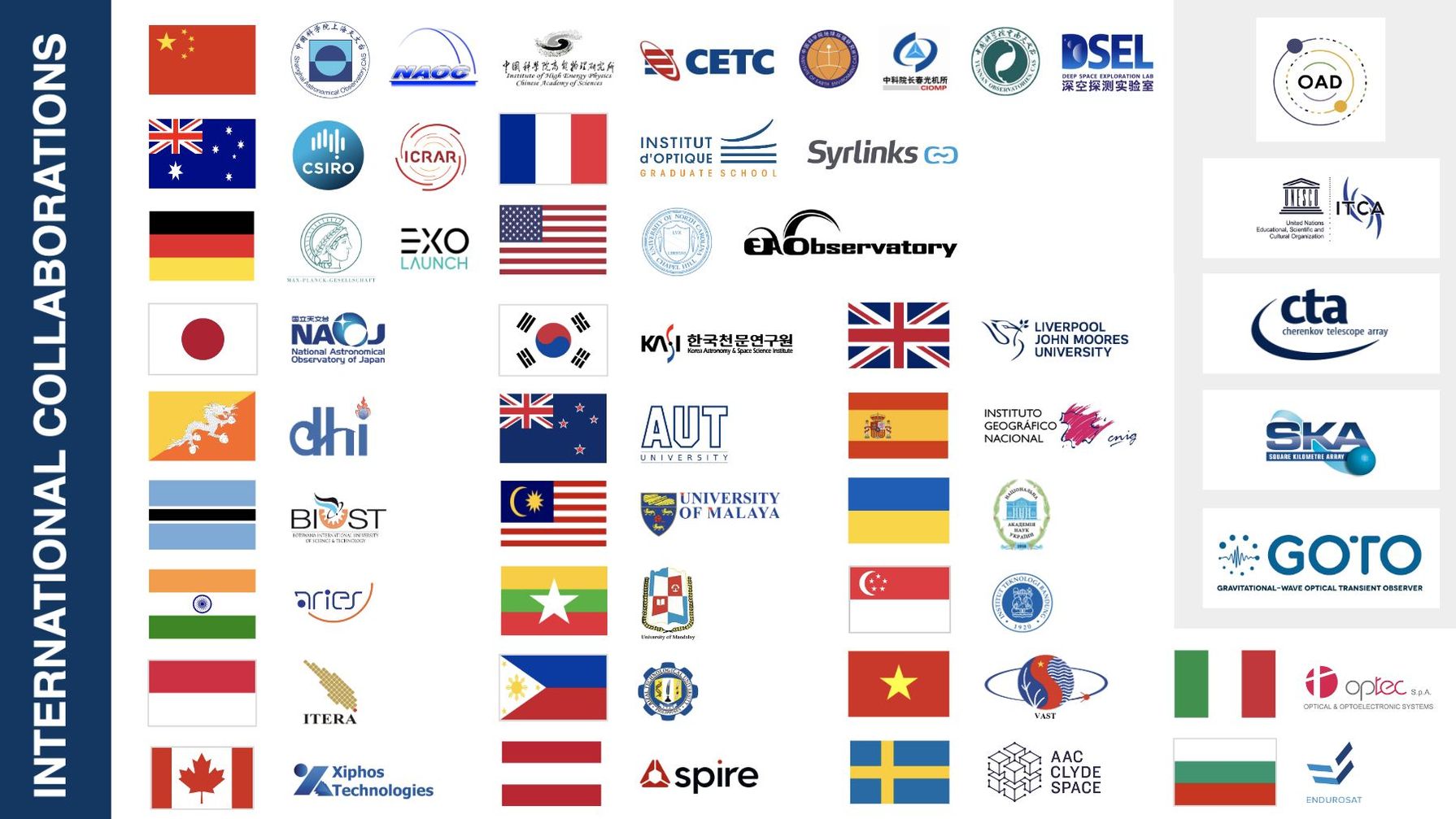
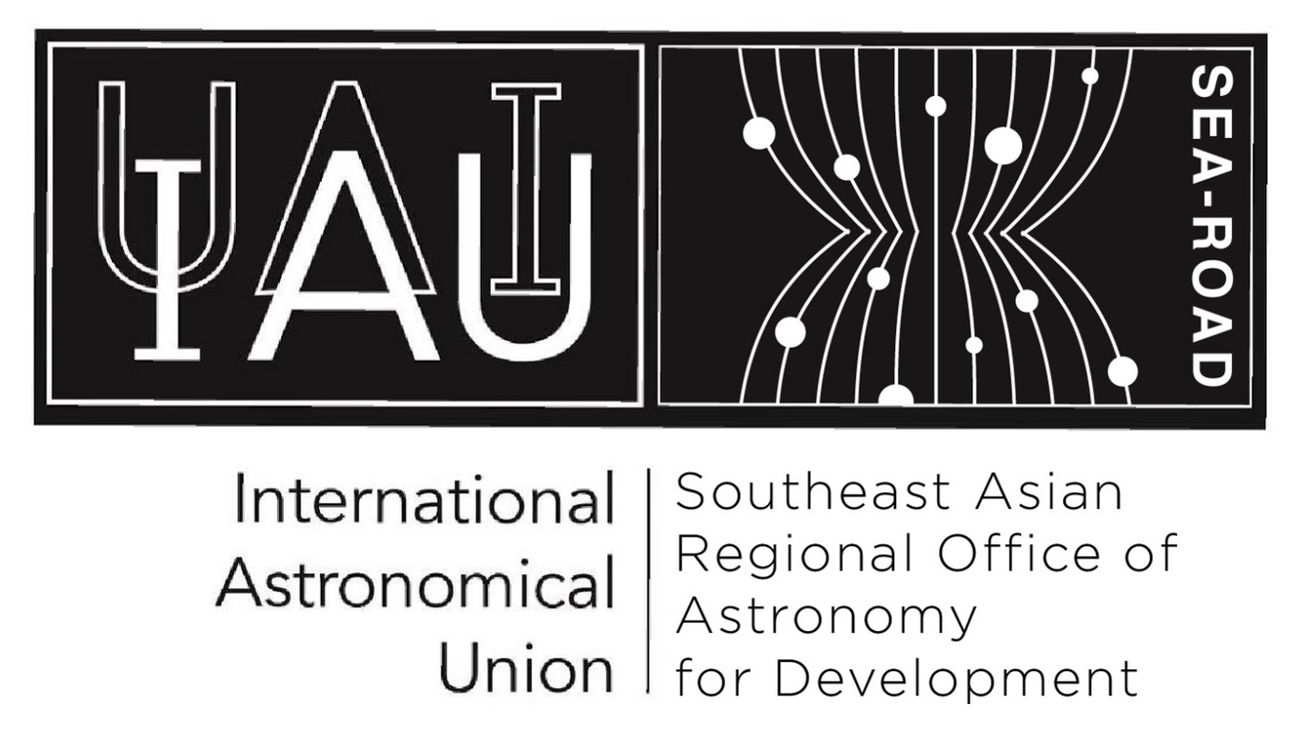
About SEA-SOAD
1. Establishment of SEA-ROAD
The SEA-ROAD was one of two OAD regional nodes formally established during the IAU General Assembly in Beijing in August 2012, and was assigned to the National Astronomical Research Institute of Thailand (NARIT), in Chiang Mai. Working closely with other 9 offices and language centres throughout the world, SEA-ROAD is committed to the development of astronomy in ASEAN nations, namely:
In line with IAU policy, and in conjunction with the OAD, the SEA-ROAD is responsible for over-viewing and assisting in the development of the following areas of astronomical activity in these ten Southeast Asian nations:
2. Host Institute
The National Astronomical Research Institute of Thailand was established by Parliament in 2005 in order to use astronomy as a vehicle to promote science and technology at universities, and among school children and the general public.
The NARIT headquarters are located in Thailand?s second-largest city, Chiang Mai, in northern Thailand, where there are close links with the astronomers at Chiang Mai University.
The Institute maintains the 2.4-m Thai National Telescope, which is located near Chiang Mai close to the summit of Doi Inthanon, Thailand?s highest mountain. This telescope offers Thai and overseas astronomers facilities with which to carry out cutting edge astronomical research. The NARIT staff include a number of Thai and overseas research astronomers who work in a range of different fields of astronomy.
In order to promote astronomy in schools and among the public NARIT has a large education and outreach section, and is in the process of establishing a network of five regional astronomy education centres throughout Thailand.
NARIT also maintains a watching brief over the national development of astronomy in Thailand, with radio astronomy flagged as one of the growth areas in the future.
3. Volunteers
The greatest resource that will enable the OAD and SEA-ROAD to achieve the vision of Astronomy for a Better World is volunteers. Whether these come in the form of professionals, amateurs, educators, students or members of the public, any form of assistance from anyone anywhere in the world will be appreciated. If you are interested
4. Partners
The SEA-ROAD is always open to partnerships with other organisations wishing to be proactive in the development of astronomy. Remember, the whole is always greater than the sum of the component parts!
In Thailand, for example, NARIT is already working in close collaboration with various universities, and at an international level it has Memoranda of Understanding with various observatories and universities, all of which directly benefit the SEA-ROAD. Further networking and partnerships are envisaged.
If your organisation would like to partner with the SEA-ROAD please contact us.
Funding Opportunities
1. IAU Funding
Annual Call for Proposals
The IAU has always funded several projects related to astronomy-for-development activities. In the era of the OAD and in implementing the Strategic Plan, the IAU now allocates these funds via the Task Forces. This ensures a more strategic approach to using astronomy for development with input from experienced international experts. The funding cycle is an annual one with funding allocations announced in December for the next calendar year in each of the three respective sectors (universities and research, children and schools, and public outreach). Funds have been provisionally allocated to the Task Forces for the 2018 Call for Proposals but final amounts provided to each Task Force will be determined by the IAU Extended Development Oversight Committee (EDOC) and depend on the quality and relevance of the proposals received.
Although the spirit of the OAD is to be as flexible and unbureaucratic as possible in order to ensure maximum benefit from the funds available, it is still important for proposers to provide the detail requested by the dates indicated in order for proposals to be assessed fairly and in a timely way. Projects which are not funded directly by the IAU but which are still ranked highly by the task forces go onto a wish list for which the OAD continues to search for funds throughout the year.
2. IAU Task forces
The International Astronomical Union (IAU), through its Office of Astronomy for Development (OAD), has established the three Task Forces which will drive global activities using astronomy as a tool to stimulate development. These Task Forces are: (i) Astronomy for Universities and Research; (ii) Astronomy for Children and Schools; and (iii) Astronomy for the Public.
The Task Forces are made of groups of experts in their field who give their time voluntarily to advise on and coordinate projects in the respective targeted areas of development. They are selected, as far as possible, on the basis of their skills, prior knowledge, experience, geographic locations and cultural diversity. After a lengthy nomination and selection process, approved by the Development Oversight Committee of the IAU, we are pleased to announce the names of the members of the three Task Forces. These individuals, together with the many passionate volunteers they will work with, will contribute to the vision of Astronomy for a Better World!
Activities
Workshops and Trainings
SEAAN 2017 x You are Galileo Workshop, Introduction to Astronomy Workshop, University of Mandalay, 2017
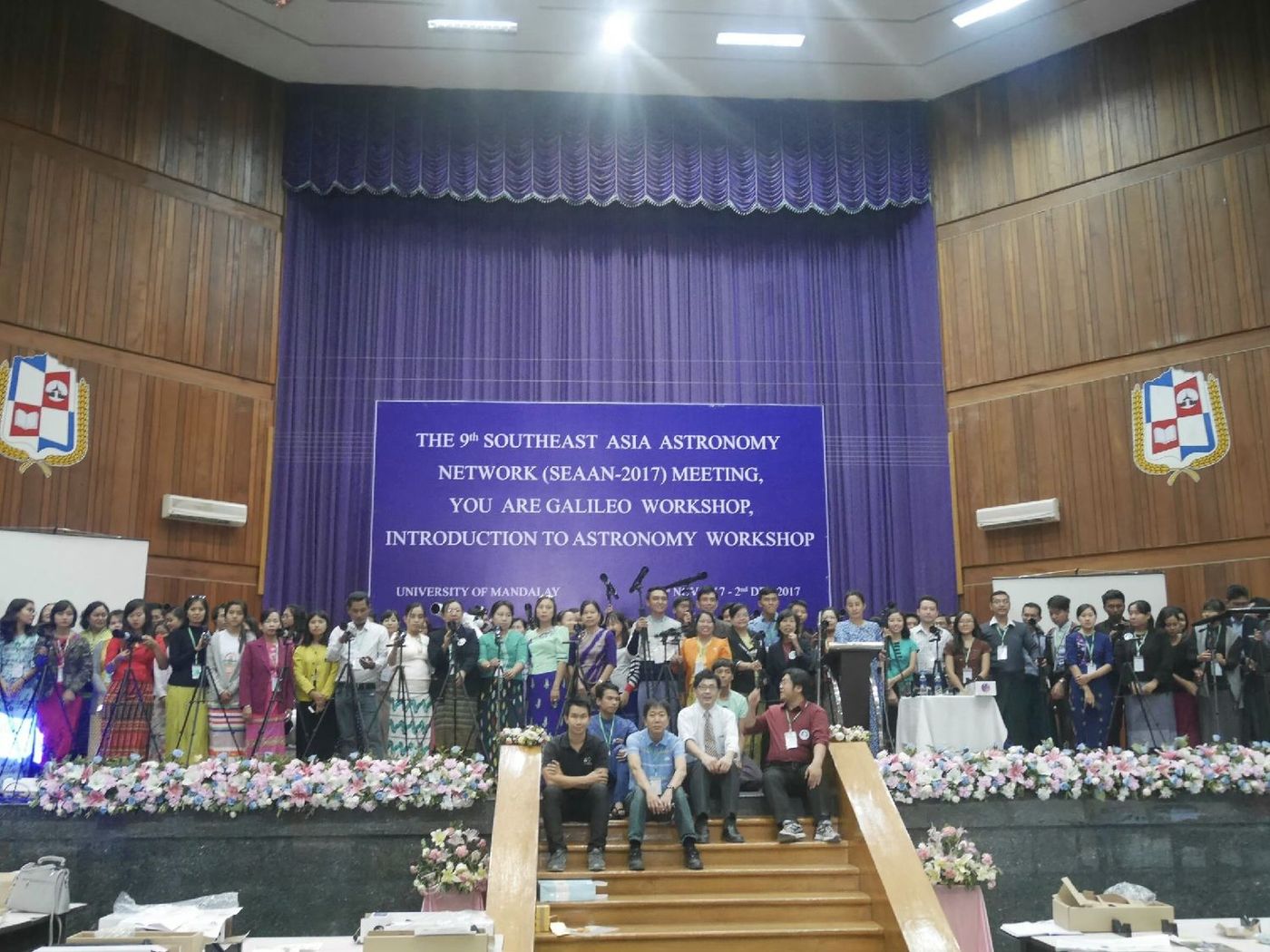
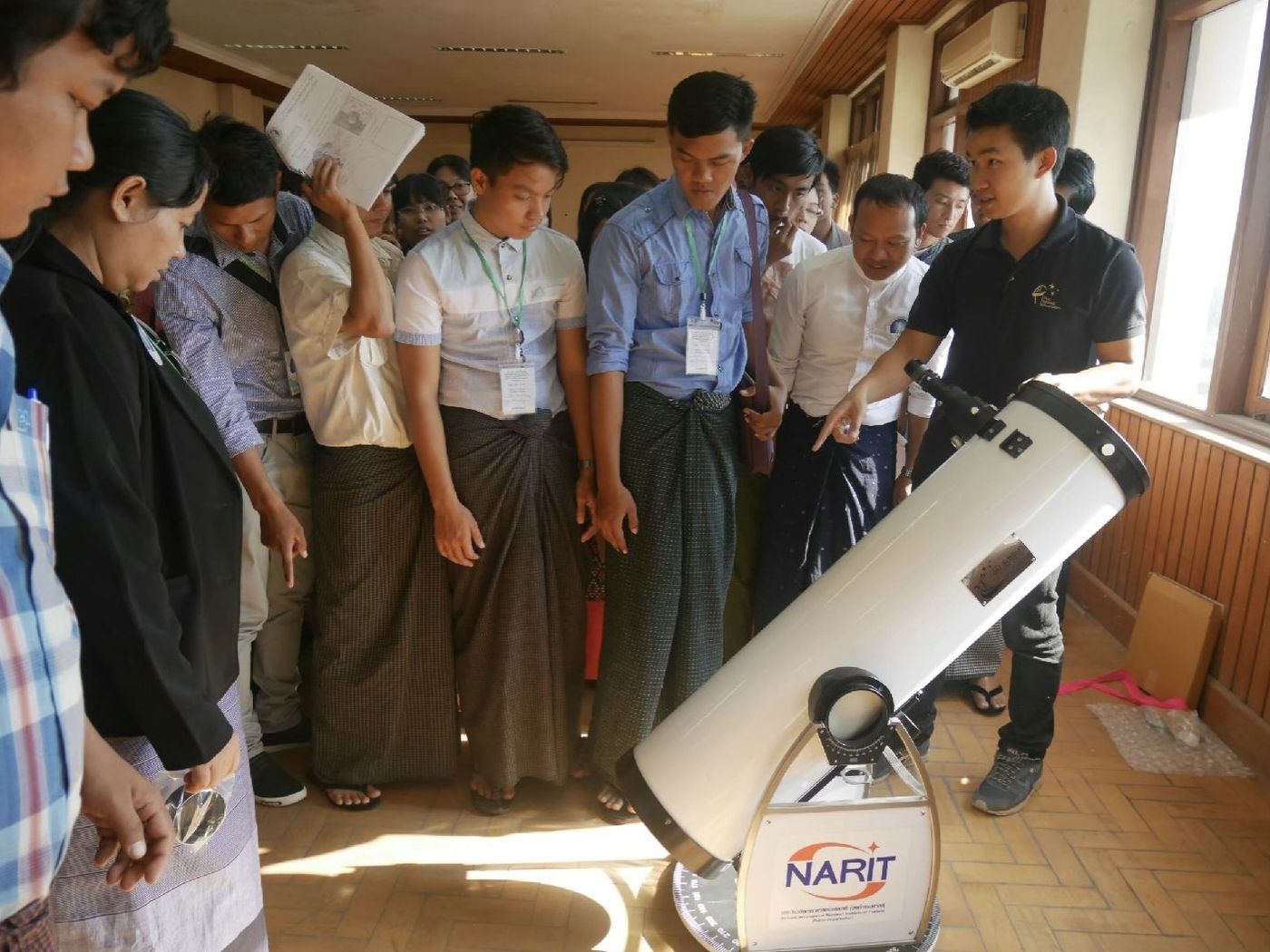
The National University of East Timor, April 2023
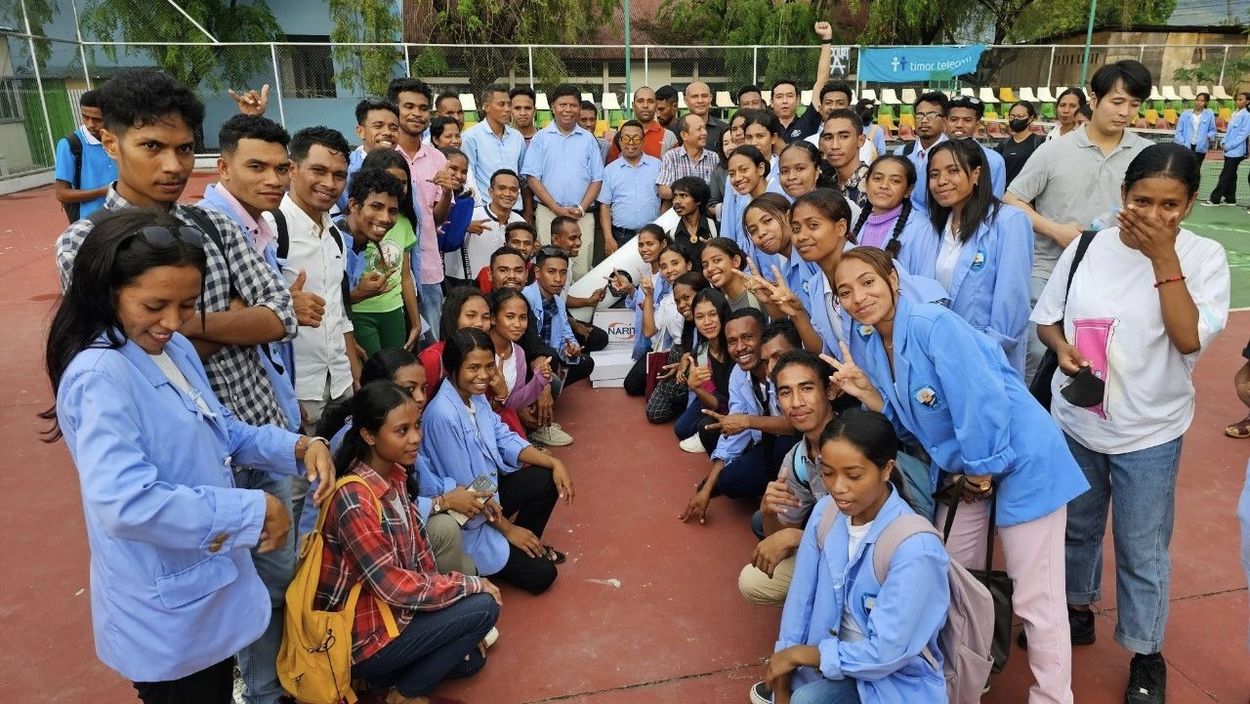
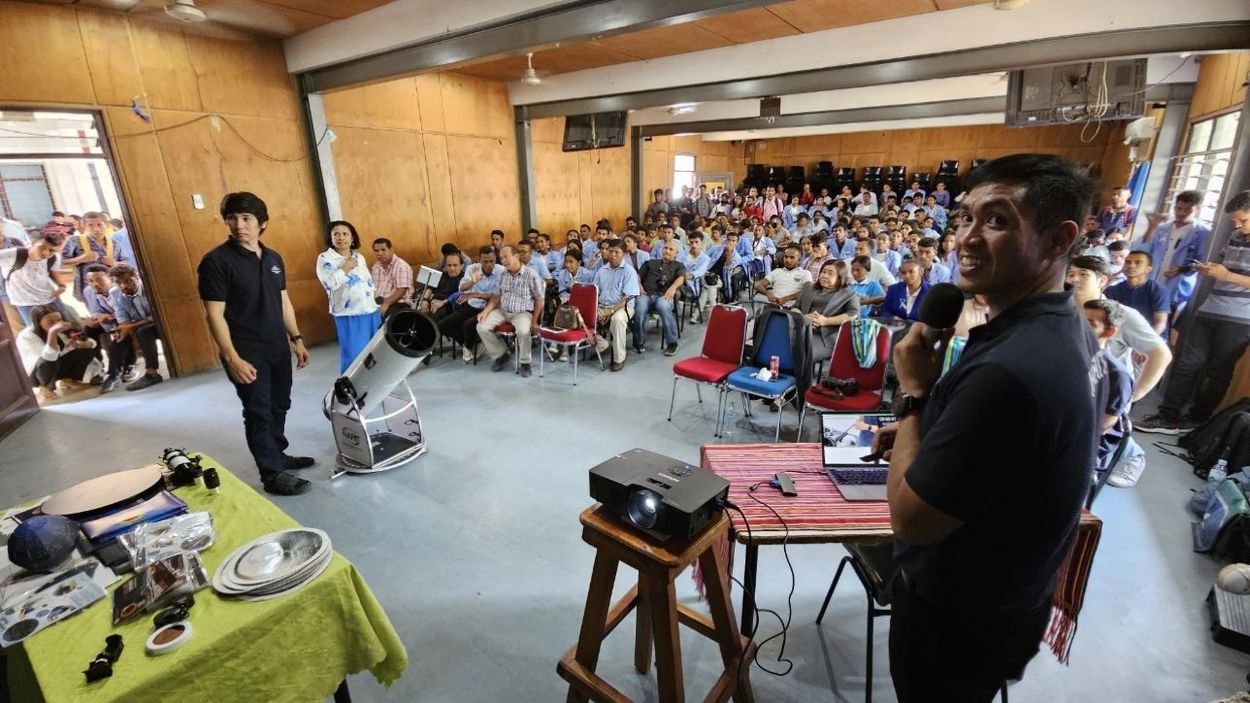
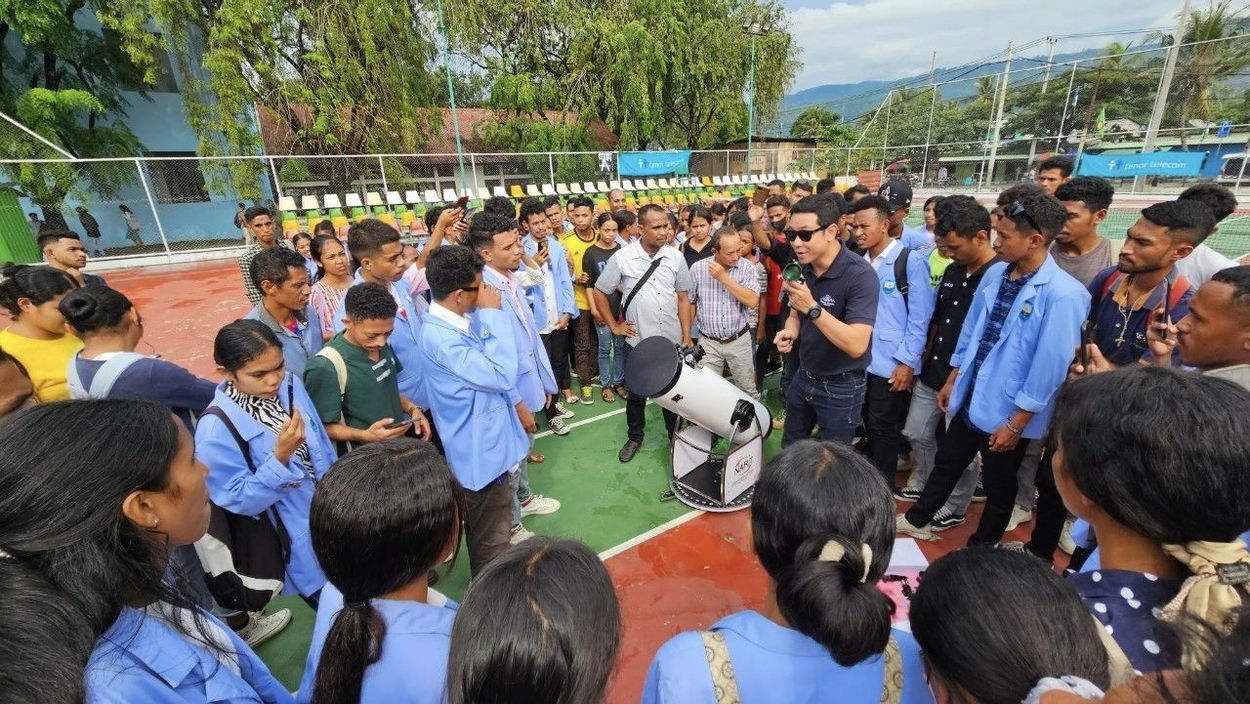
Lao PDR’s planetarium personnel workshop June 2023
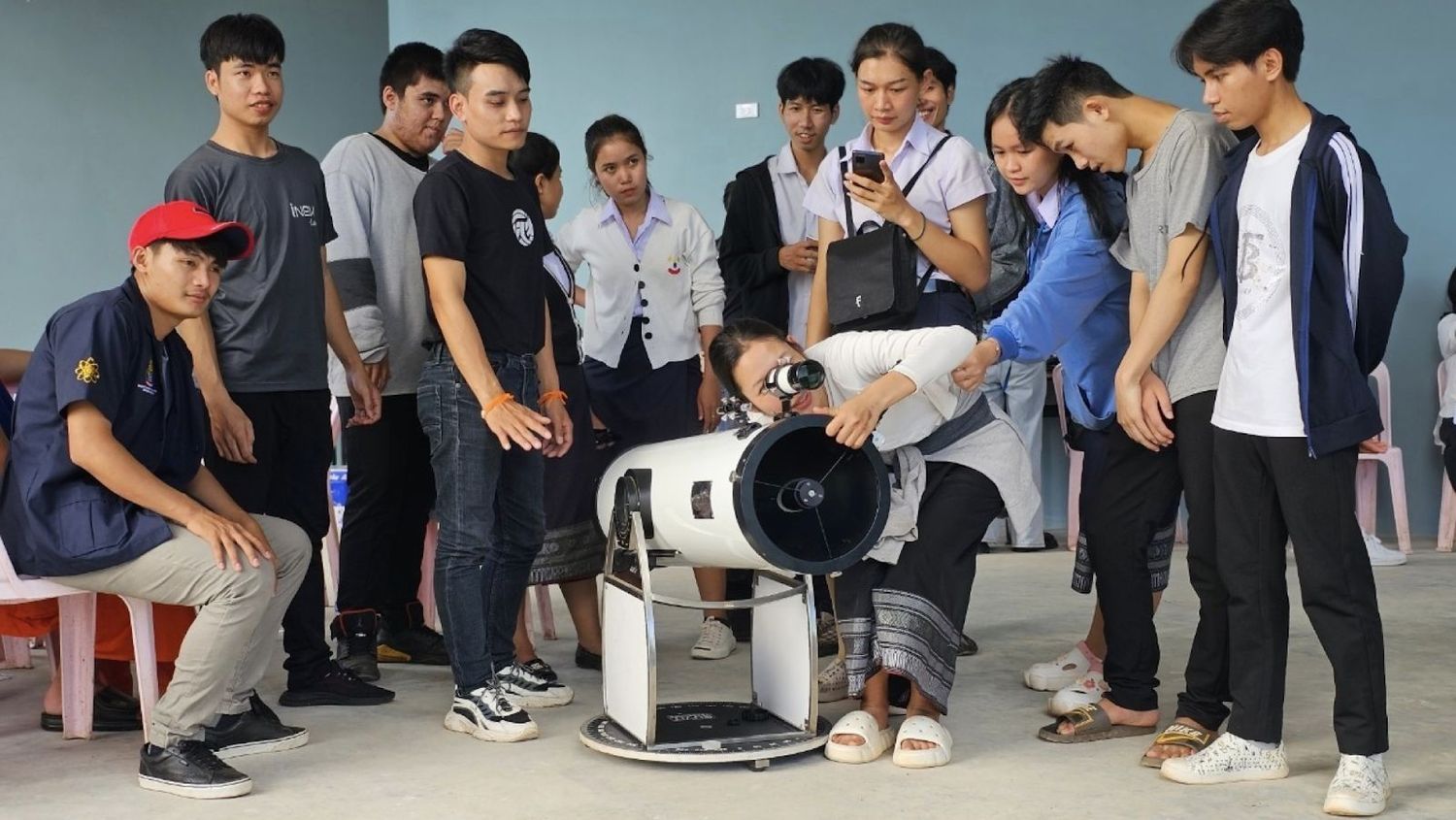
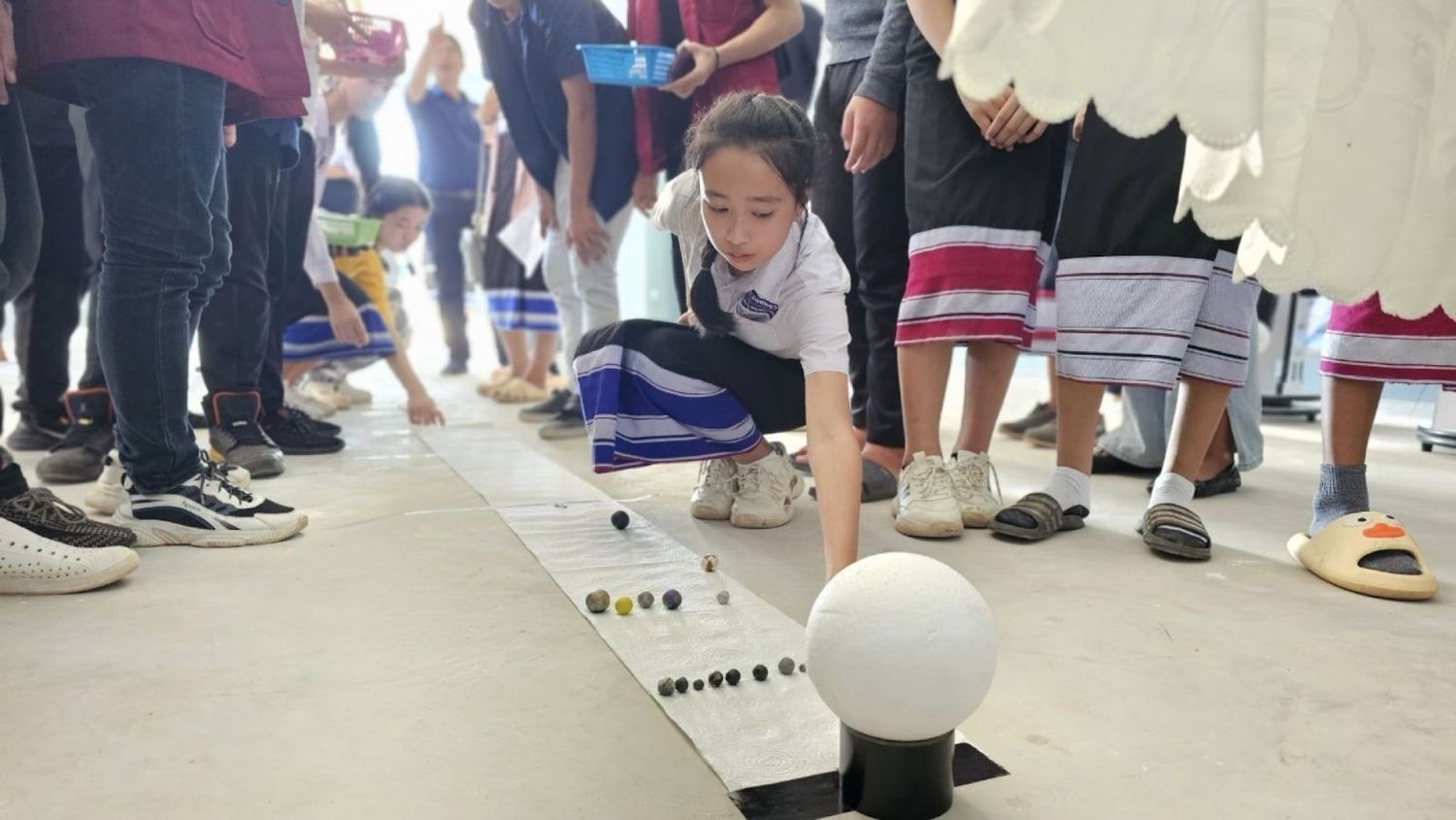
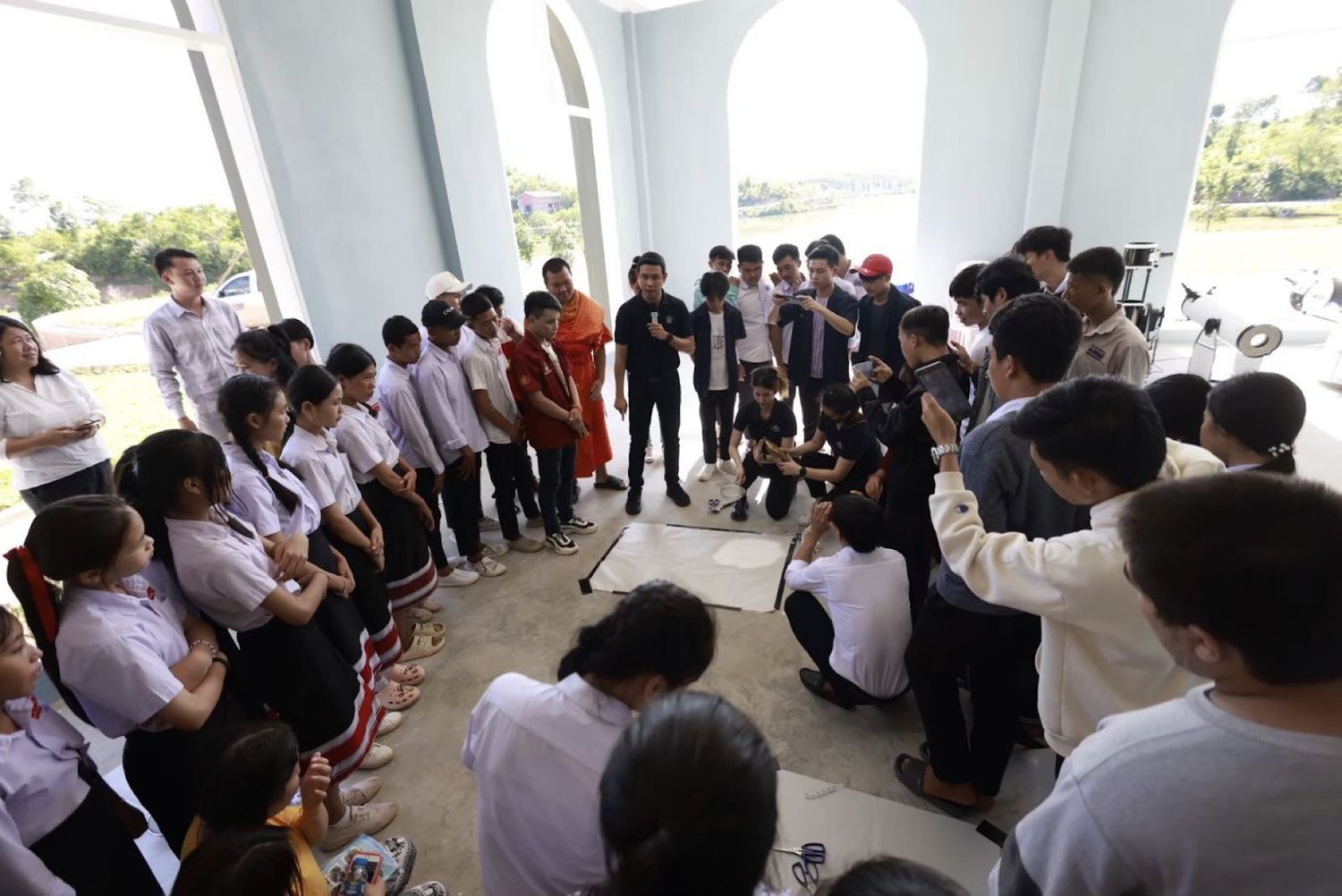
Booklet

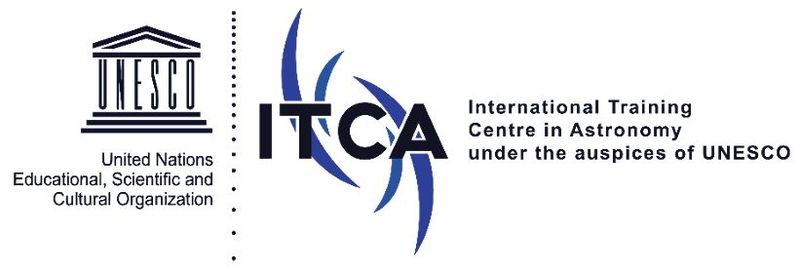
Background
With the keen interest of the Royal Thai Government in developing astronomy education in Thailand and beyond, coupled with recent endorsement of International Training Centre in Astronomy under the auspices of UNESCO (ITCA) in 2015 during the 38th UNESCO General Conference in Paris, ITCA shall be a mechanism that accentuates the collaborative efforts between Thailand and the world in Science, Technology and Innovation which are imperative to meet the UN Sustainable Development Goals.
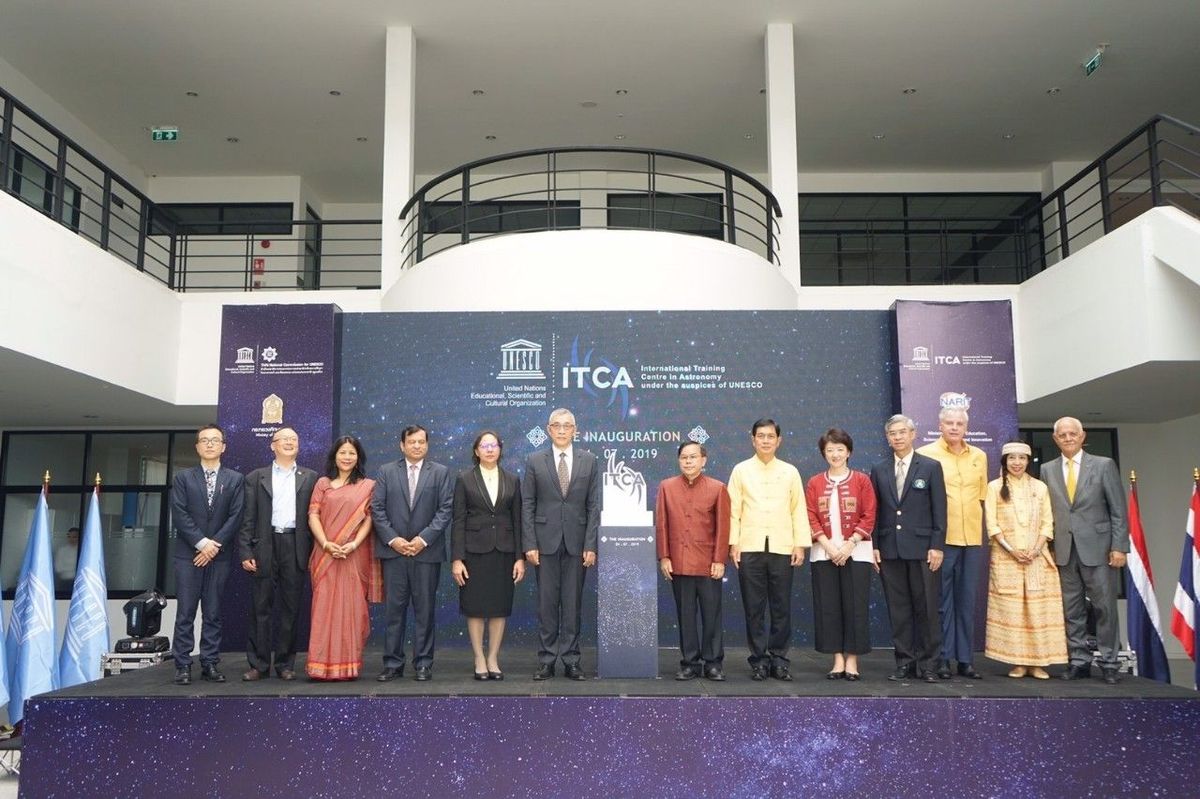
About ITCA
ITCA is the centre that aims to garner and incubate the knowledge of astronomy and related sciences with strong commitment in building a better world with the use of astronomy as a tool for Technology Transfer and Capacity Building
The functions of the Centre:
(1) Enables capacity building at school and university level students, encourage graduates pursuing doctoral studies in astronomy and astrophysics, train teachers in tailor-made courses to popularise astronomy and related science
(2) Facilitates knowledge transfer and training of teachers from Southeast Asia, Africa and South America
(3) Enables the Southeast Asian Astronomy Network to strengthen collaboration in research work and astronomy education in the region with special focuses on radio astronomy, optical astronomy, theoretical astrophysics and cosmology, and cosmic rays and solar physics;
(4) Enables the International Astronomical Union Regional Office of Astronomy for Development to facilitate the on-going and emerging activities in astronomy, creates a better channel of communication and mobilises the influx of knowledge transfer.
More informations: https://nc.narit.or.th/nextcloud/index.php/s/HBBFonNNTmCgFKH
ITCA Governing Board Members
|
Permsuk Sajjapiwat |
||||
|
Jin CHANG |
Saku Tsuneta |
Soohyun Kim |
Secretary General |
Ewine van Dishoeck |
|
Kevin Govender |
Rosa Doran |
Duriya Amatavivat |
Boonraksar Soonthornthum |
Saran Poshyachinda |
Activities
|
ITCA 2017 |
||
|
ITCA Astronomy for STEM Education 2017
|
||
|
ITCA 2018 |
||
|
ITCA Colloquium Nha Trang Observatory Vietnam, 2018
|
Cloudy Workshop 2018
|
NARIT COMputational Astrophysics and Cosmology 2018
|
|
Thailand-UK Python+Astronomy Summer School 2018 (ThaiPASS 2018)
|
NARIT-SOKENDAI Winter School 2018, Astrophysical Masers & Molecular Lines in Radio Astronomy
|
|
|
ITCA 2019 |
||
|
Lao PDR Introduction to Astronomy Workshop 2019
|
Adaptive Optics Workshop 2019
|
Optical Design Summer School 2019
|
|
ITCA 2023 |
||
|
The Workshop on Freeform Optics Applications & Manufacturing for Astronomy & Space Missions 2023
|
||
|
Tactile Galaxy Project Developing tactile galaxy model for the visual impaired November 2023
|
||
|
ITCA 2024 |
||
|
CAS-MHESI Bilateral Symposium 8-10 January 2024
|
East Asian Young Astronomers Meeting 30 Jan - 2 Feb, 2024
|
NARIT-IAU LGBTQIA+ in Astronomy Meeting (NILAM) 19-21 February 2024
|
Contact person
Division of Foreign Affairs
National Astronomical Research Institute of Thailand
260 M.4, Donkaew,
Mae Rim, Chiang Mai 50180